Microbiology is one of the branches that make up biology and focuses on the study of microorganisms. It is dedicated to its classification, description, distribution and the analysis of its ways of life and functioning. In the case of pathogenic microorganisms, microbiology also studies their form of infection and the mechanisms for their elimination.🤩🤔
THANKS🎈🎋🎄🎍
OBRIGADO🧡💥💞
La microbiología es una de las ramas que integran la biología y se enfoca en el estudio de los microorganismos. Se dedica a su clasificación, descripción, distribución y al análisis de sus formas de vida y funcionamiento. En el caso de los microorganismos patógenos, la microbiología estudia, además, su forma de infección y los mecanismos para su eliminación.😮🧫🧬🔬

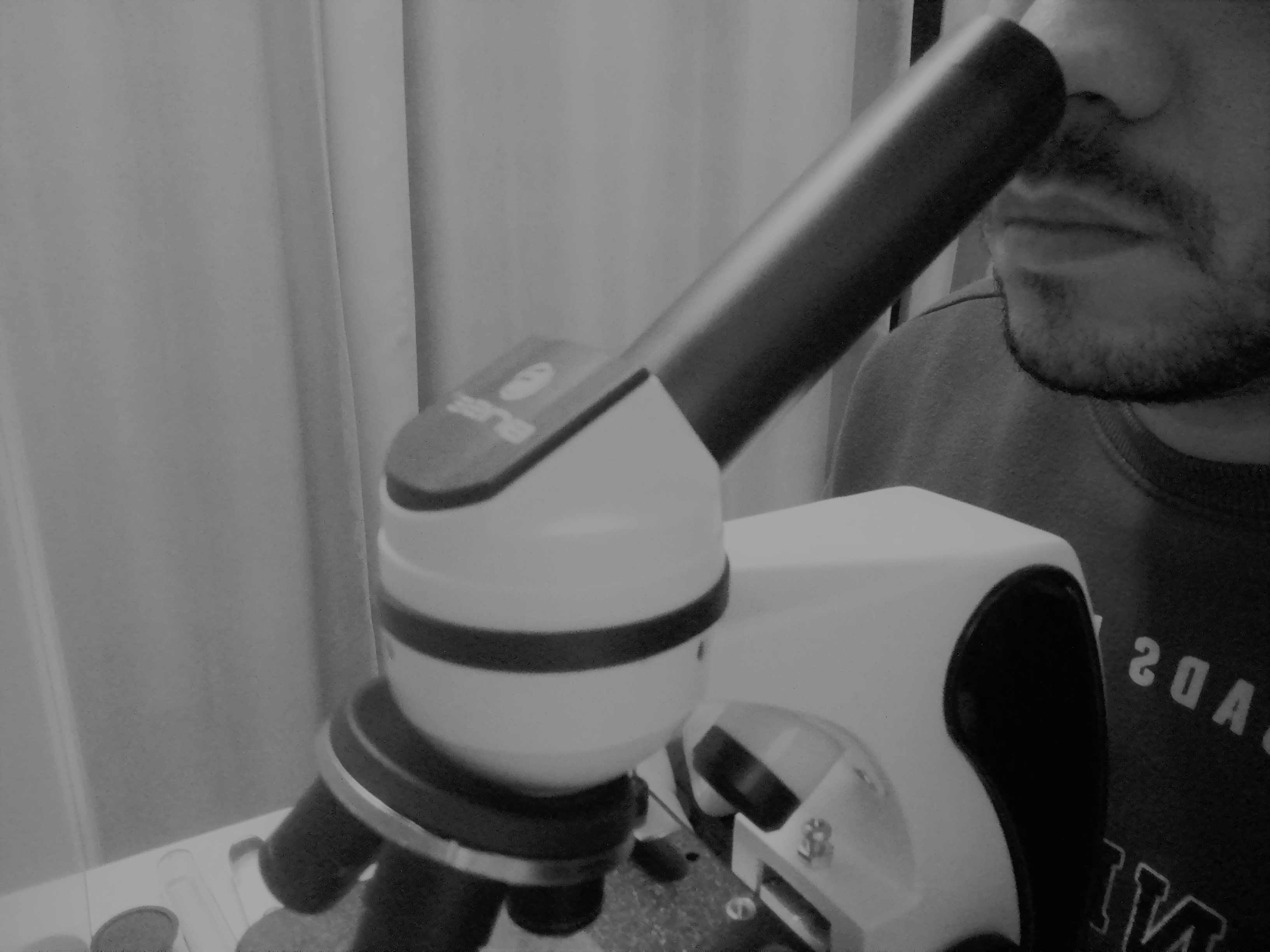
The object of study of microbiology are those organisms that are not perceptible to the human eye, so an instrument of this branch of biology is the microscope, invented in the seventeenth century. Among the organisms studied by microbiology are eukaryotic and prokaryotic cell aggregates, cells, fungi, viruses and bacteria, and all those microscopic elements.😎😎
El objeto de estudio de la microbiología son aquellos organismos no perceptibles al ojo humano, por lo que un instrumento propio de esta rama de la biología es el microscopio, inventado en el siglo XVII. Entre los organismos que estudia la microbiología se encuentran los agregados celulares eucariotas y procariotas, las células, hongos, virus y bacterias y todos aquellos elementos microscópicos.🥽🥼🧤

HISTORY OF MICROBIOLOGY🤔👨🏫👨🎓🧫
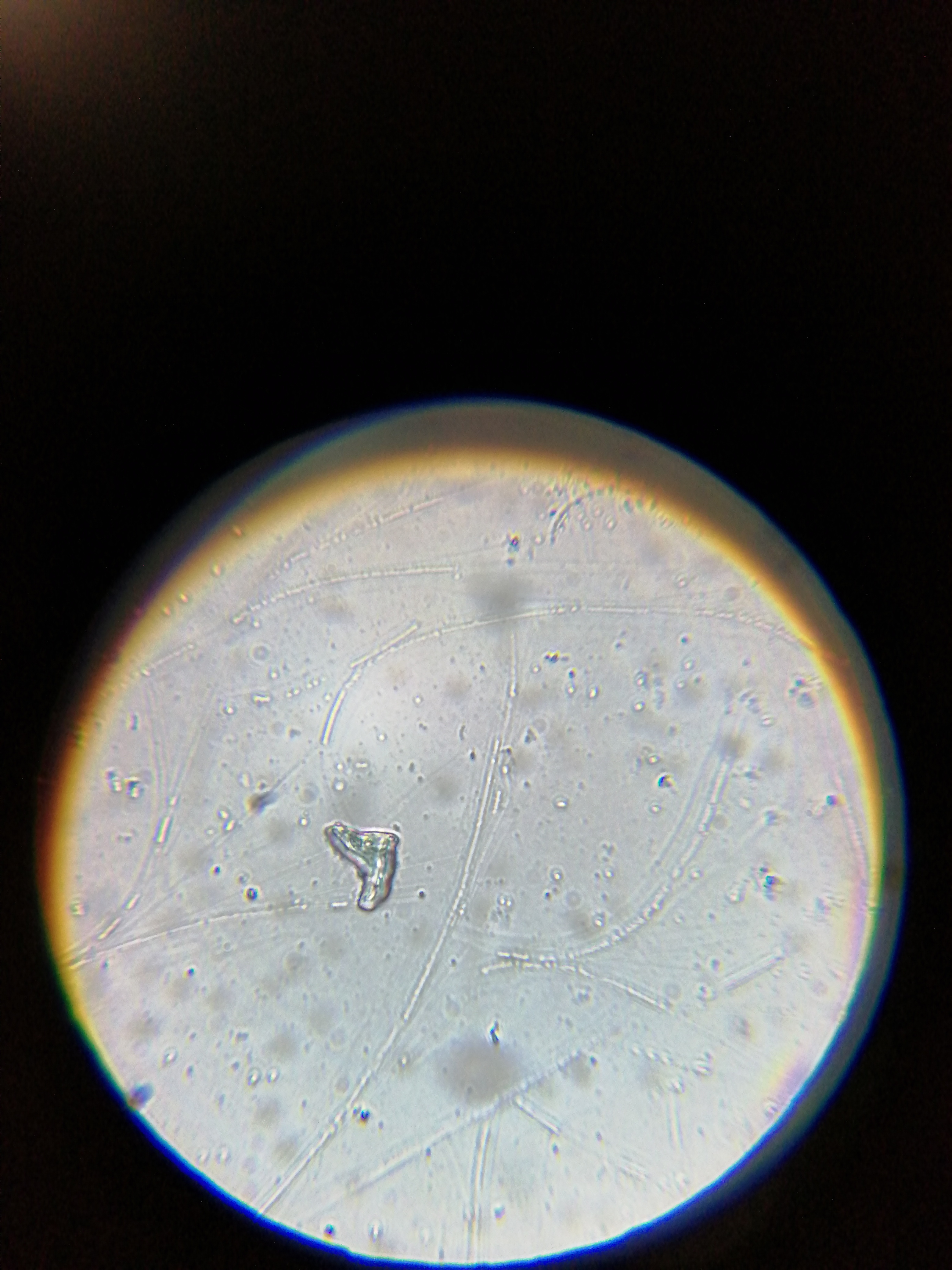
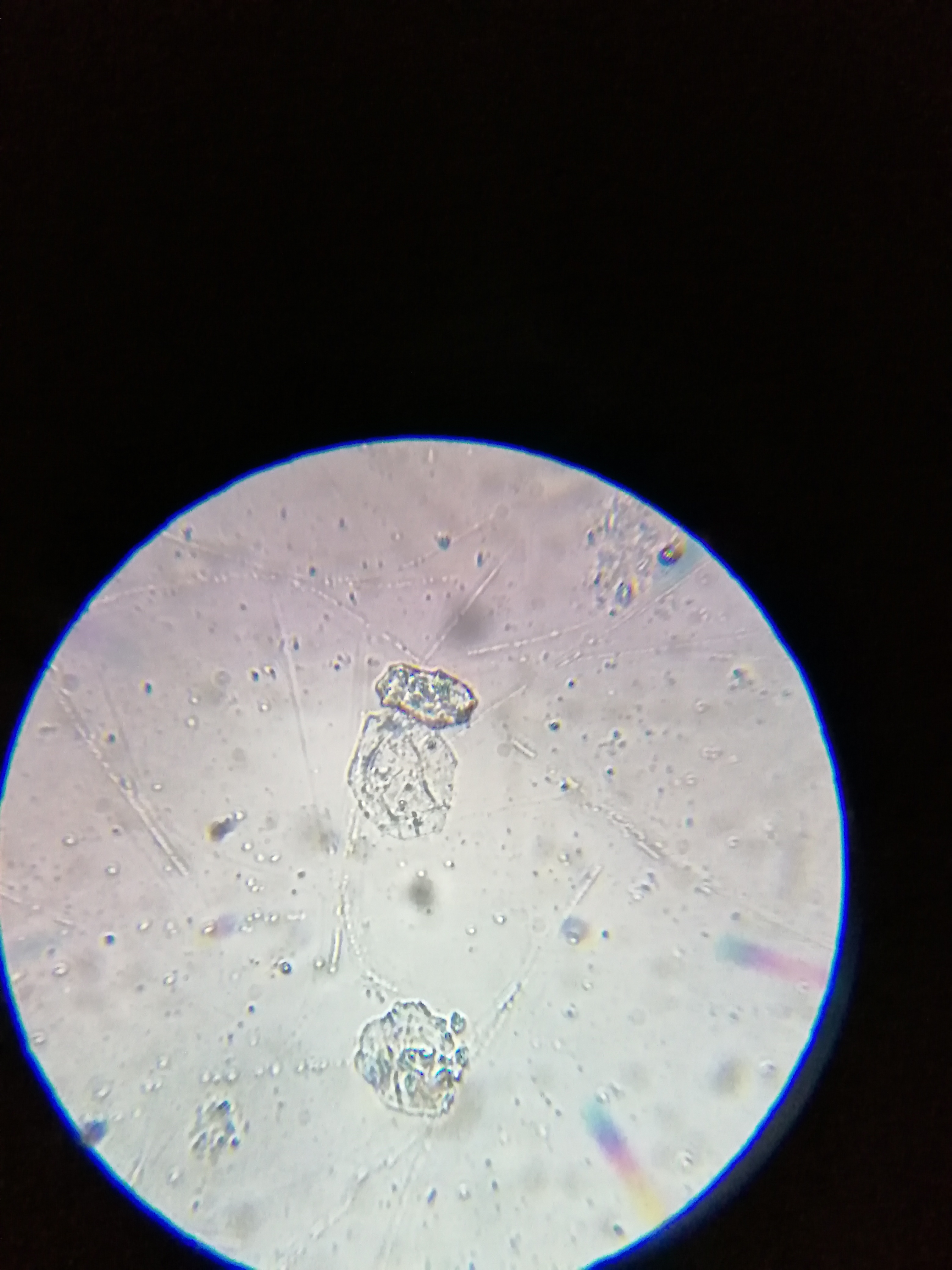
The existence of microorganisms was not known until the invention of the microscope. The first person to describe microorganisms in detail was the Dutch Antony van Leeuwenhoek in 1684, whom he called animalcules. Leeuwenhoek examined the water from rain, sea, river, saliva and other matters. However, these observations did not lead to any investigation into the possible activities of microorganisms, neither as agents of fermentation nor of infectious diseases since the development of chemistry and medicine was too primitive.🤗🤗
La existencia de los microorganismos no se conoció hasta la invención del microscopio. La primera persona en describir los microorganismos en detalle fue el holandés Antony van Leeuwenhoek en 1684, a los cuales denominó animáculos. Leeuwenhoek examinó el agua de lluvia, de mar, de río, saliva y otras materias. Sin embargo, estas observaciones no condujeron a ninguna investigación acerca de las posibles actividades de los microorganismos, ni como agentes de fermentaciones ni de enfermedades infecciosas ya que el desarrollo de la química y de la medicina era demasiado primitivo.🤔🤔
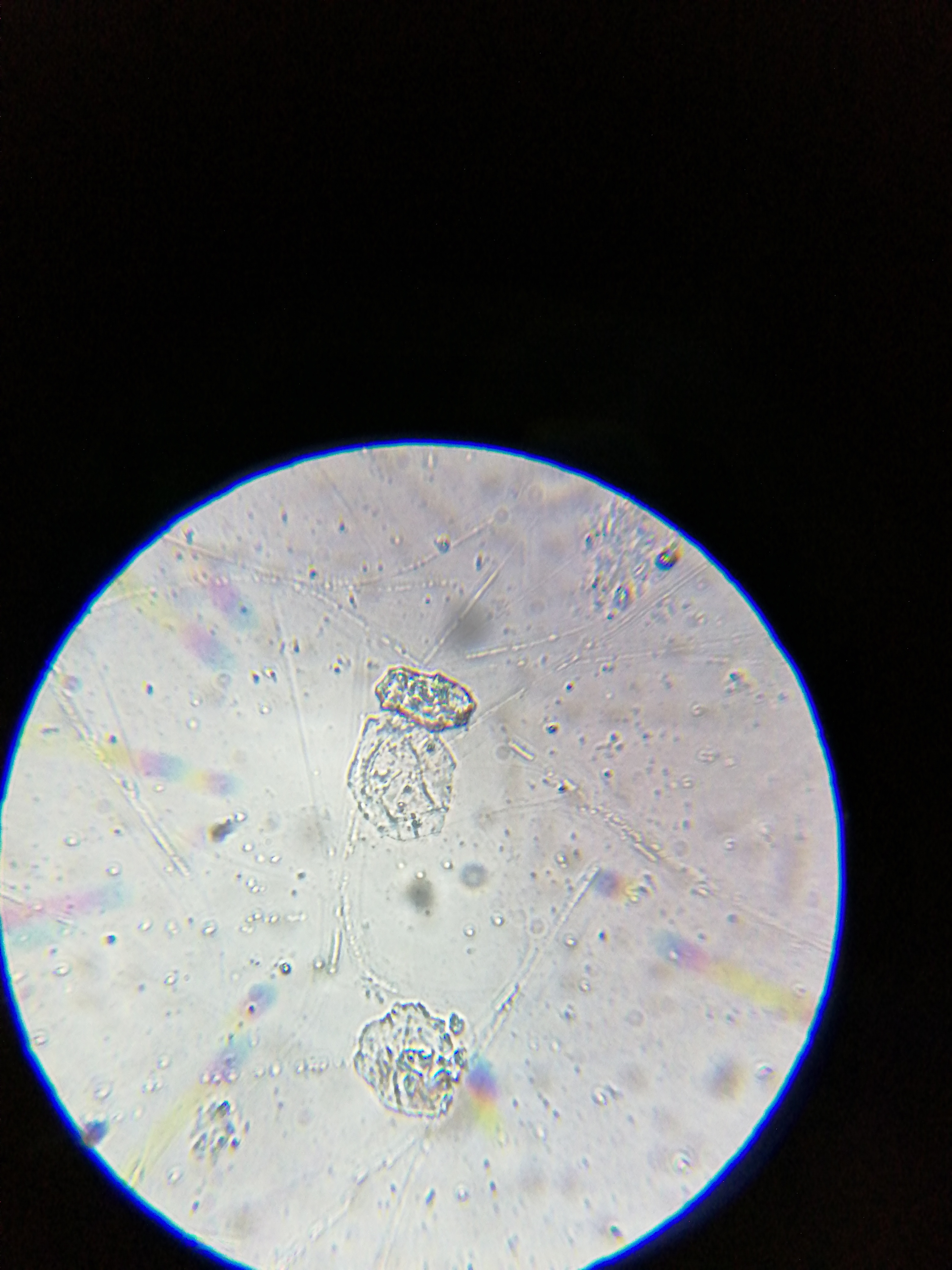
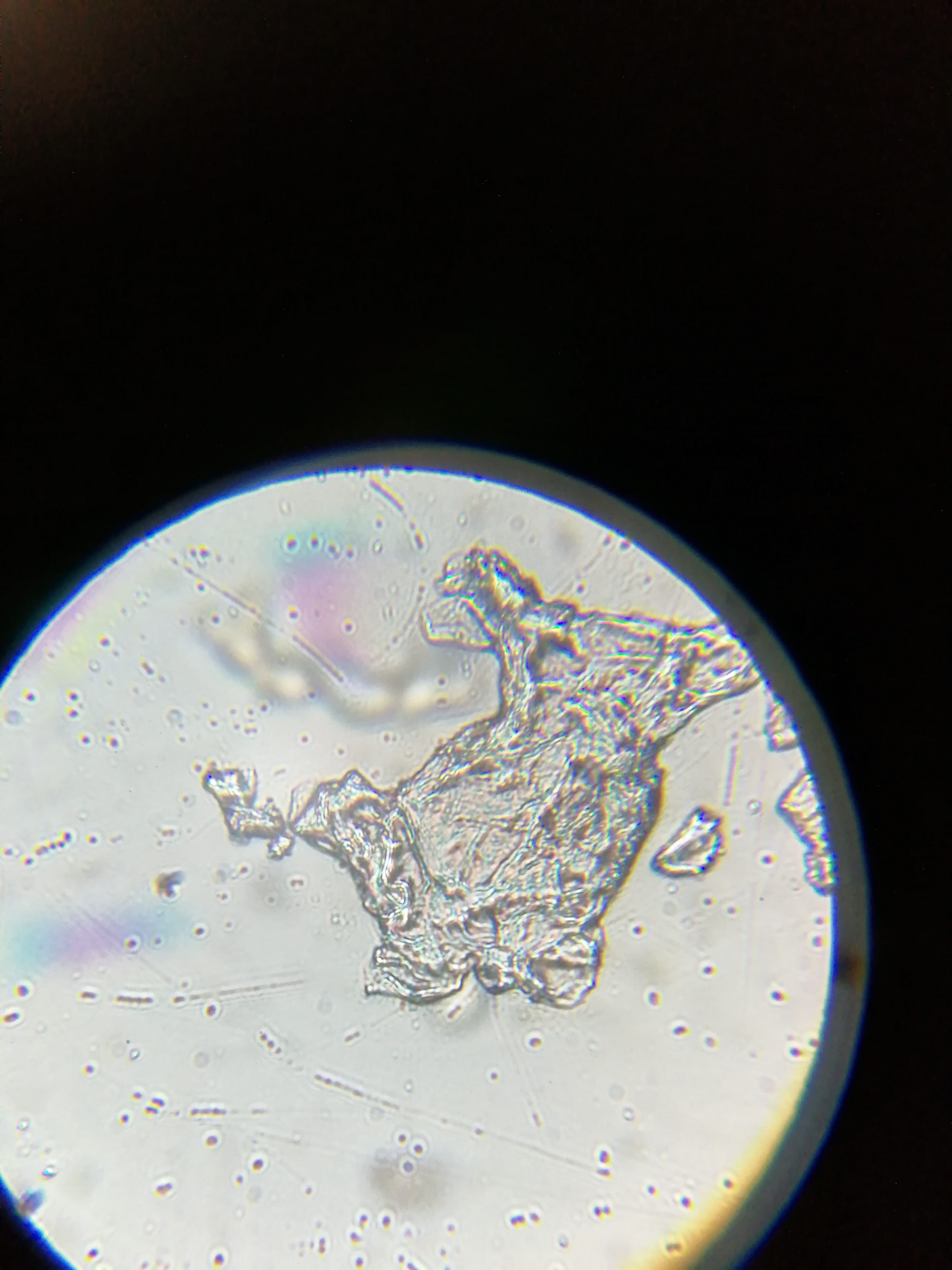
Once the microorganisms were discovered by Leeuwenhoek, speculation began about the origin of these animals. Two schools were formed. One of them admitted the existence of these structures but supported the theory that they came from the decomposition of the tissues of plants or animals (they were the result of decomposition and not the cause). Those who supported this theory believed that life was generated from non-living matter, a process that was called abiogenesis. Basically it was the concept of spontaneous generation. On the other side was the theory of biogenesis. Animalcules originated, as in higher life forms, from parent animalcules. Until the idea of spontaneous generation was rejected, many experiments had to be carried out that seem simple today, but which at that time took more than 100 years to resolve this controversy. The idea of spontaneous generation dates back to Greek culture, which believed that frogs and worms grew spontaneously from mud. There were even recipes: filling a jar with rags and placing it in a secluded place for weeks at the end grew mice from the rags. In the 17th century the Italian Francesco Redi demonstrated in 1668 that the worms found in rotten meat were the larvae that came from the eggs that flies had previously deposited in the meat and not the product of spontaneous generation. However, one thing was the eggs of flies and another the microorganisms that could only be seen with the help of the microscope.😊😊
Una vez descubiertos los microorganismos por Leeuwenhoek se empezó a especular sobre el origen de estos animáculos. Se formaron dos escuelas. Una de ellas admitía la existencia de estas estructuras pero apoyaban la teoría que provenían de la descomposición de los tejidos de las plantas o animales (eran el resultados de la descomposición y no la causa). Los que apoyaban esta teoría creían que la vida se generaba a partir de matería no viva, proceso que se denominó abiogénesis. Básicamente era el concepto de la generación espontánea. Del otro lado estaba la teoría de la biogénesis. Los animáculos se originaban, como ocurre en formas de vida superiores, a partir de animáculos padres. Hasta que se rechazó la idea de la generación espontánea se tuvieron que realizar muchos experimentos que parecen simples hoy en día, pero que en aquellos momentos llevó más de 100 años resolver dicha controversia. La idea de la generación espontánea se remonta a la cultura griega, los cuales creían que las ranas y gusanos crecían espontáneamente a partir del lodo. Incluso existían recetas: llenando una tinaja con trapos y colocándola en un sitio apartado durante semanas al final crecían ratones a partir de los trapos. En el siglo XVII el italiano Francesco Redi demostró en 1668 que los gusanos encontrados en la carne podrida eran las larvas que provenían de los huevos que previamente habían depositado en la carne las moscas y no el producto de la generación espontánea. Sin embargo una cosa eran los huevos de moscas y otra los microorganismos que sólo se podían ver con la ayuda del microscopio.😏😏

IMPORTANCE OF MICROBIOLOGY🤔👨🏫👨🎓🧫
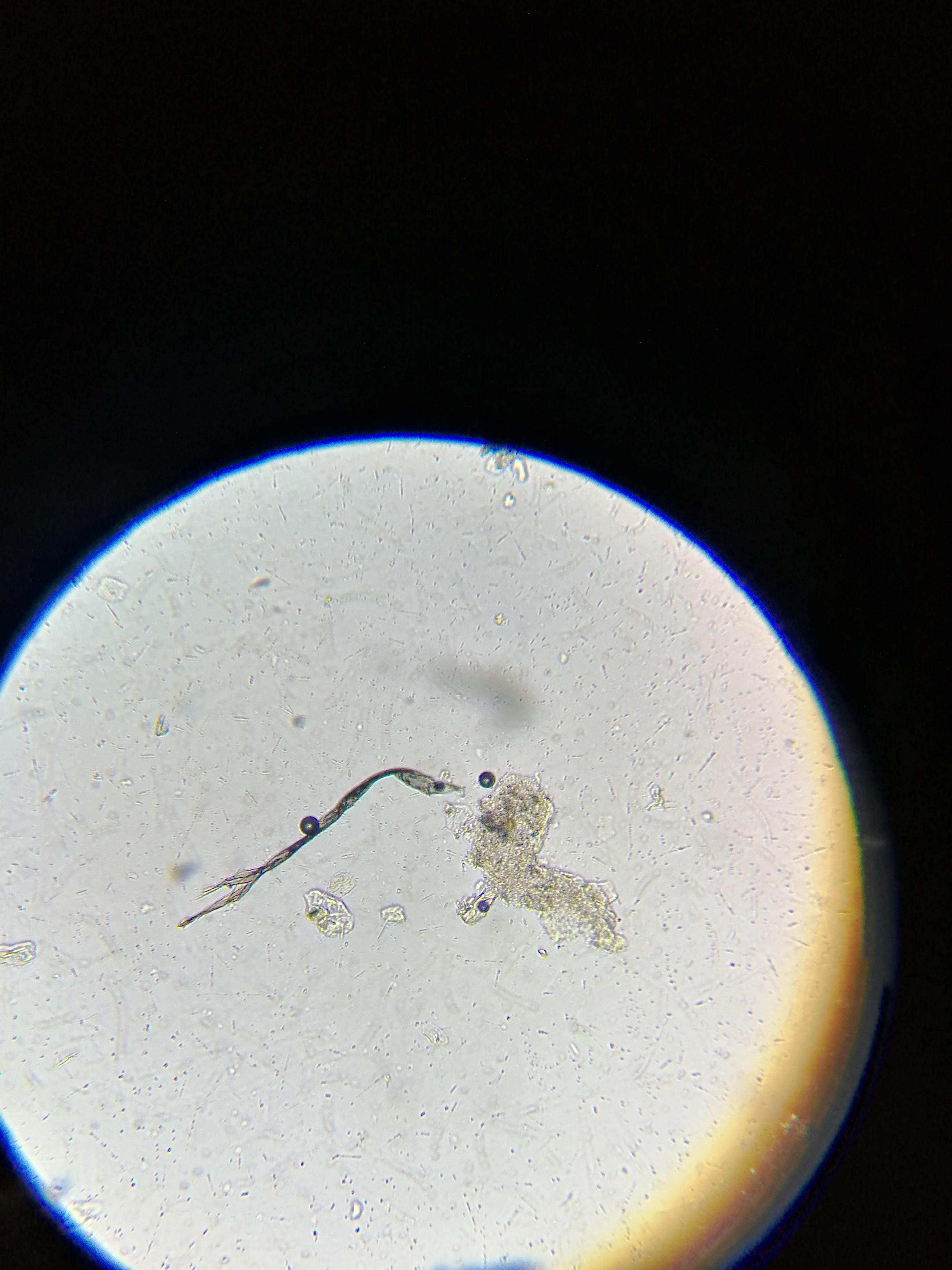
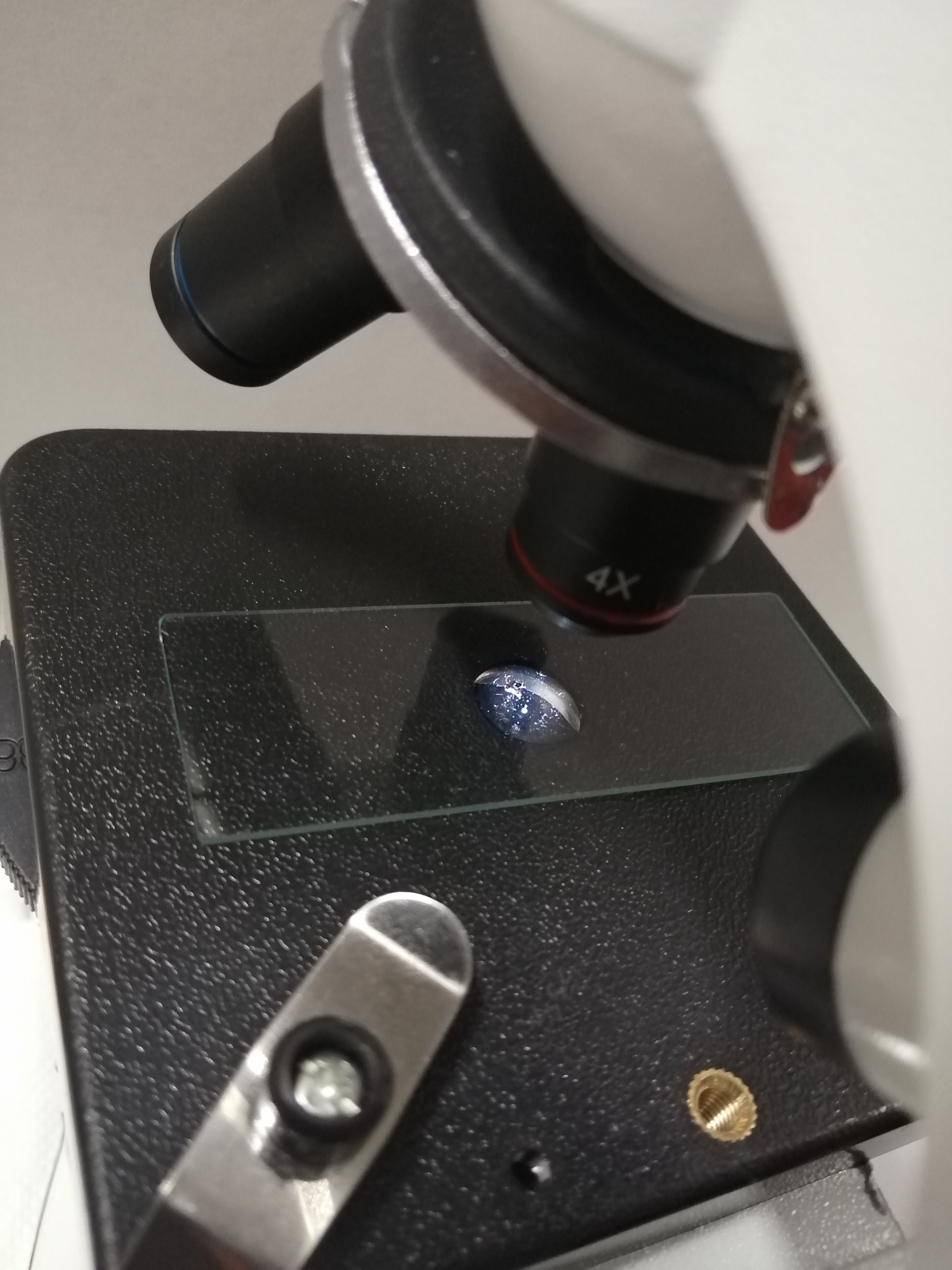
In the field of health and medicine, microbiology is of great importance since it is responsible for studying pathogenic microorganisms such as fungi, viruses, parasites and bacteria that can cause disease in humans. From microbiology, infectious diseases suffered by any patient are studied and thanks to it it is possible to determine which is the most appropriate treatment for each disease and patient. In addition, the knowledge developed in microbiology is applied in industries of all kinds, for example, in energy, where this knowledge is applied to convert waste into energy sources.😮😮
En el ámbito de la salud y la medicina, la microbiología resulta de gran importancia puesto que es la que se encarga de estudiar los microorganismos patógenos como los hongos, virus, parásitos y bacterias que pueden generar alguna enfermedad en el ser humano. A partir de la microbiología se estudian las enfermedades infecciosas que padece cualquier paciente y gracias a ella se logra determinar cuál es el tratamiento más adecuado para cada enfermedad y paciente. Además, los conocimientos desarrollados en microbiología se aplican en industrias de todo tipo, por ejemplo, en la energética, donde esos conocimientos se aplican para convertir desechos en fuentes de energía.😗😗😍


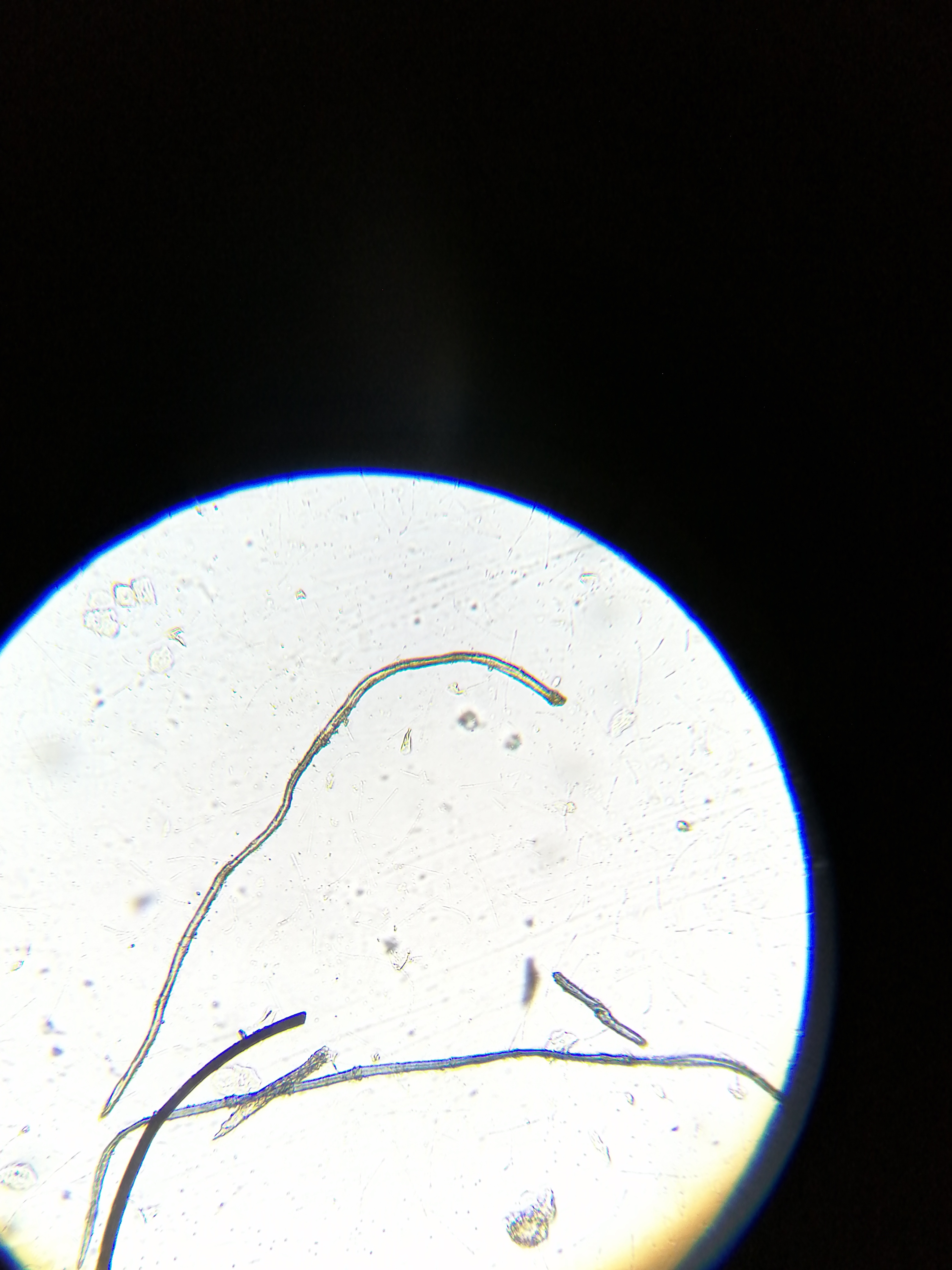
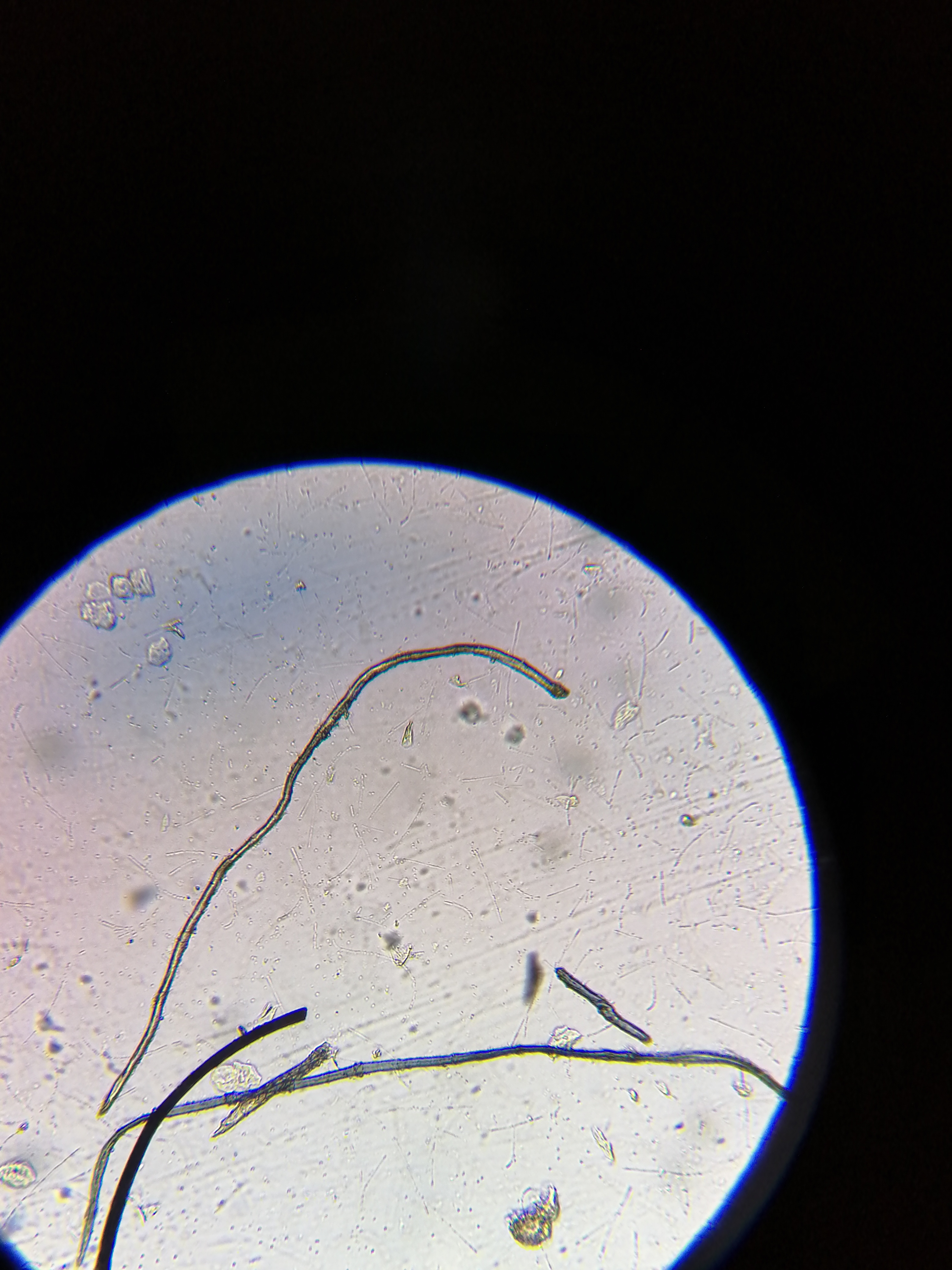
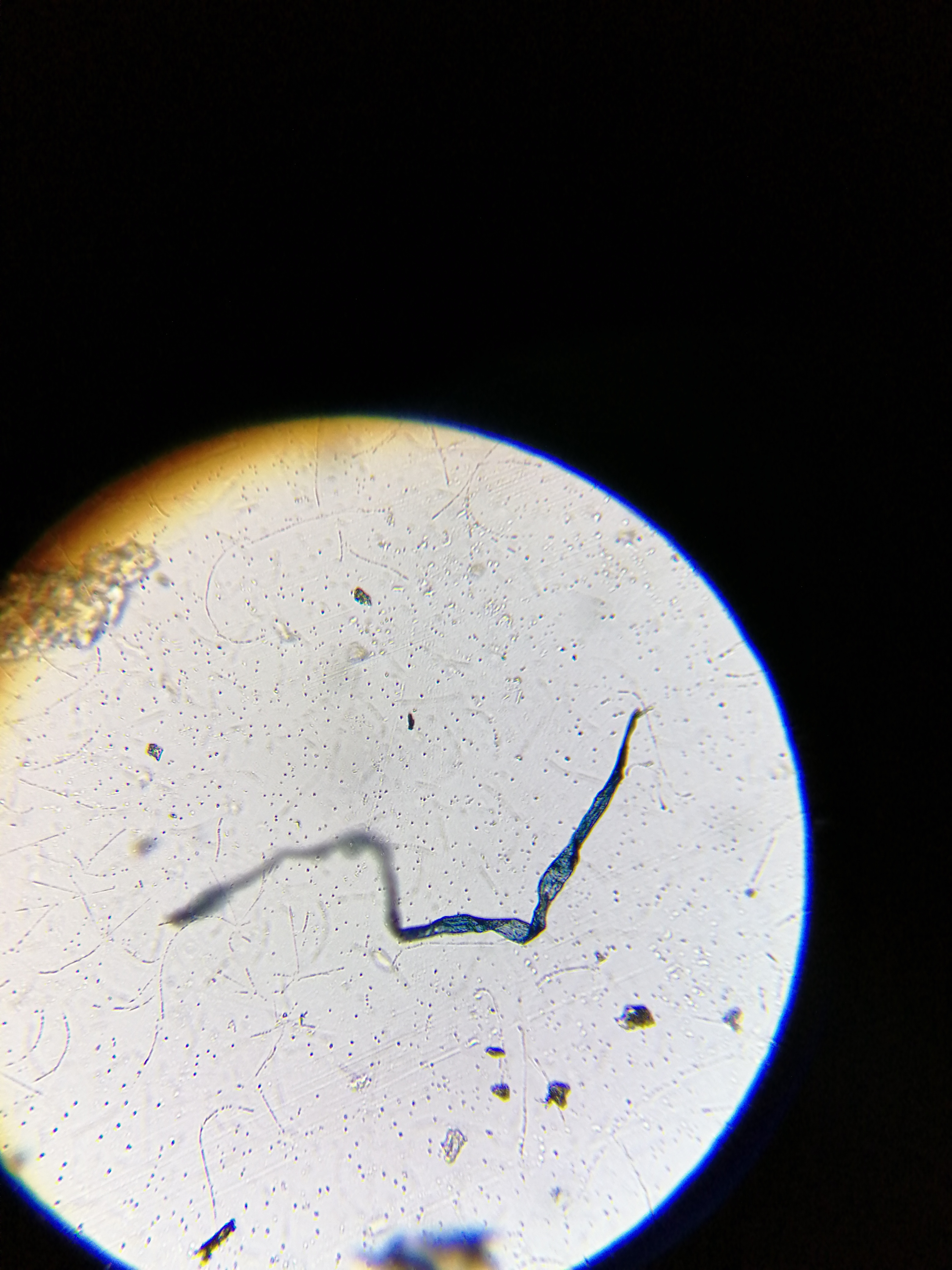
Muchas universidades cuentan con la carrera de Microbiología diseñada para formar a especialistas en esta disciplina, que se dediquen a la investigación y el desarrollo de políticas vinculadas con los microorganismos y a las enfermedades infecciosas. Los egresados en Microbiología se encuentran capacitados en desempeñarse en campos vinculados con malestares y enfermedades, y manipular microorganismos para desarrollar soluciones en las áreas más diversas.😶😶
In the field of health and medicine, microbiology is of great importance since it is responsible for studying pathogenic microorganisms such as fungi, viruses, parasites and bacteria that can cause disease in humans. From microbiology, infectious diseases suffered by any patient are studied and thanks to it it is possible to determine which is the most appropriate treatment for each disease and patient. In addition, the knowledge developed in microbiology is applied in industries of all kinds, for example, in energy, where this knowledge is applied to convert waste into energy sources.😮😮

I DOING MICROBIOLOGY🤔👨🏫👨🎓🧫
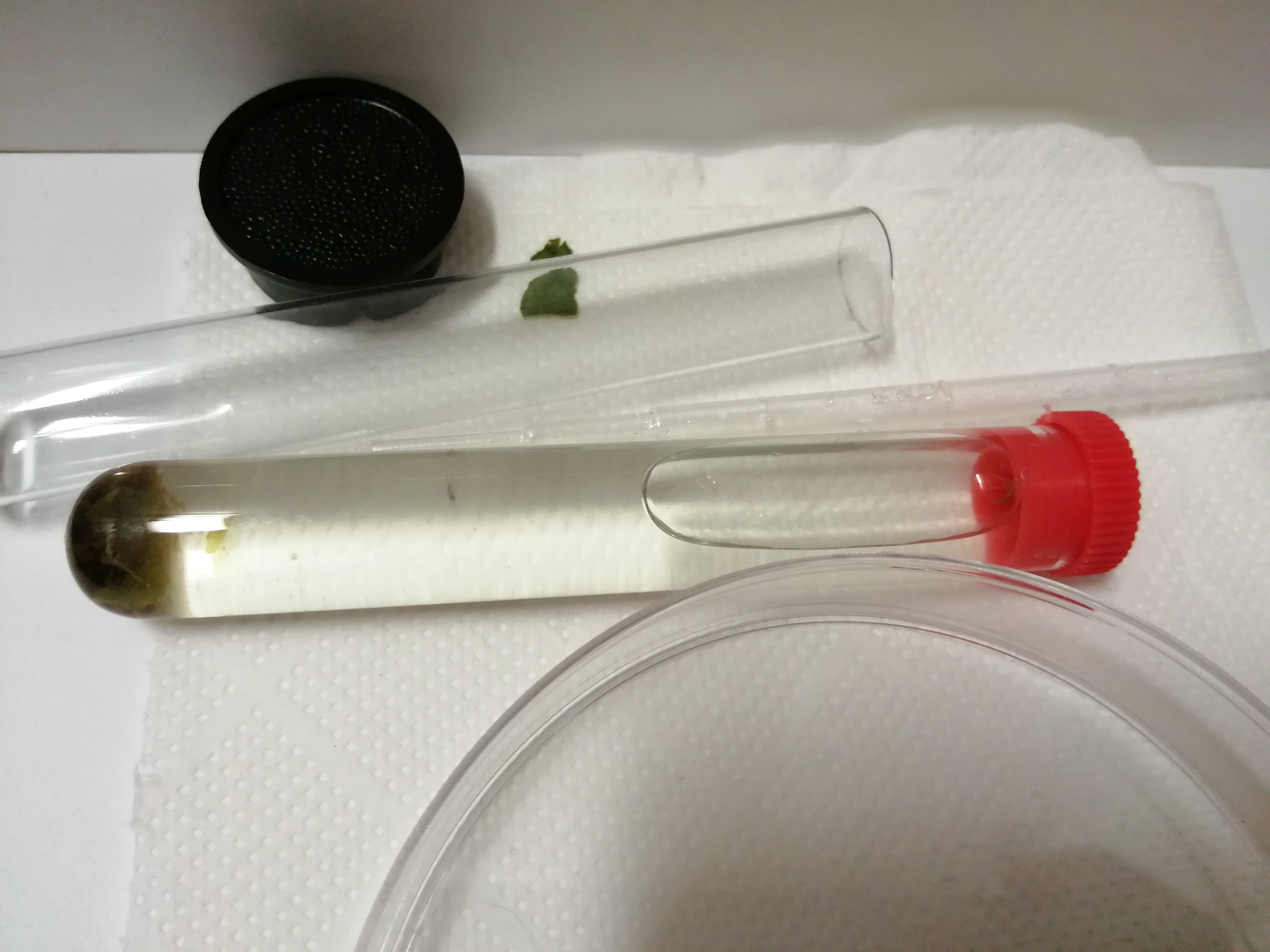

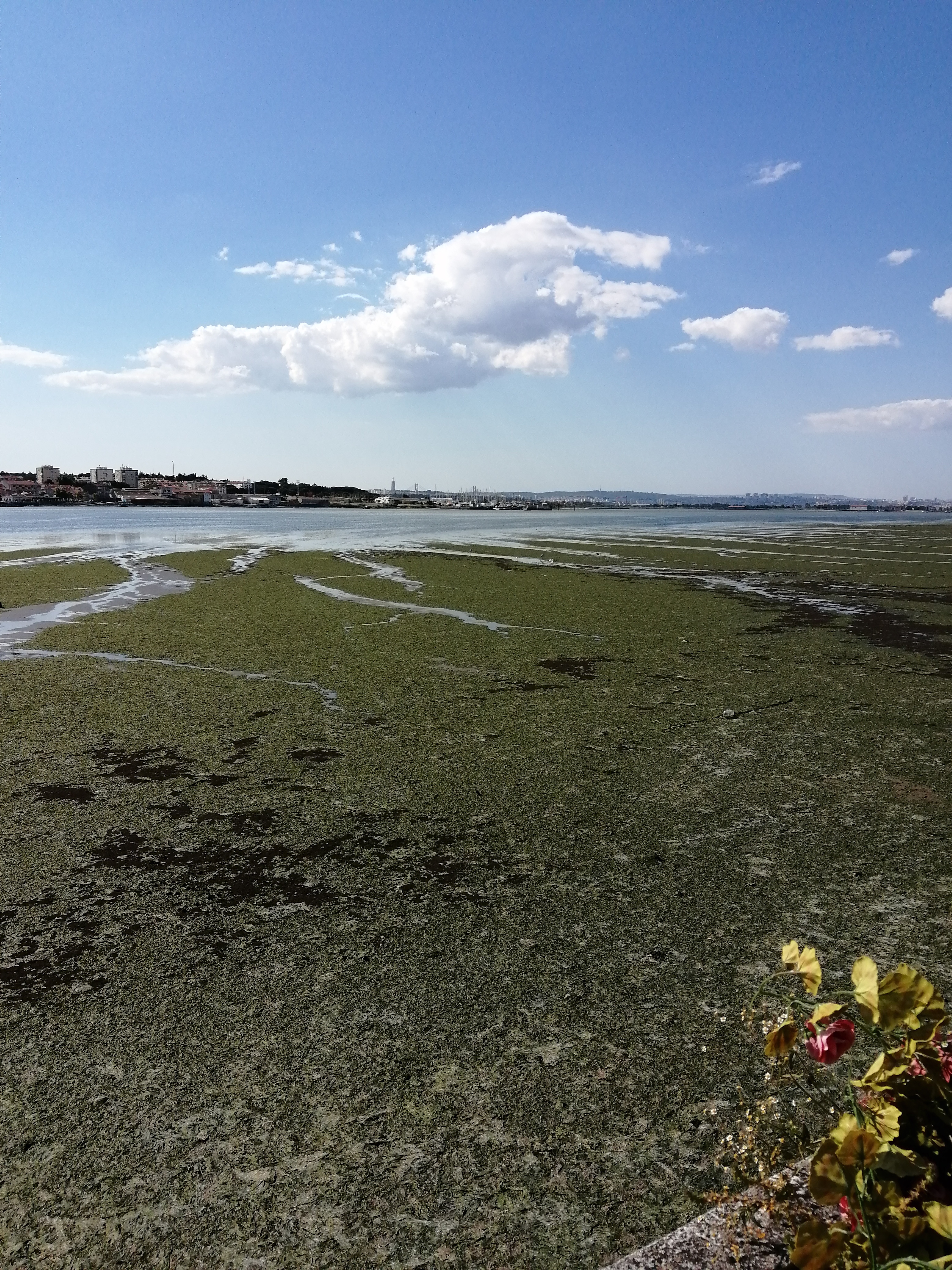
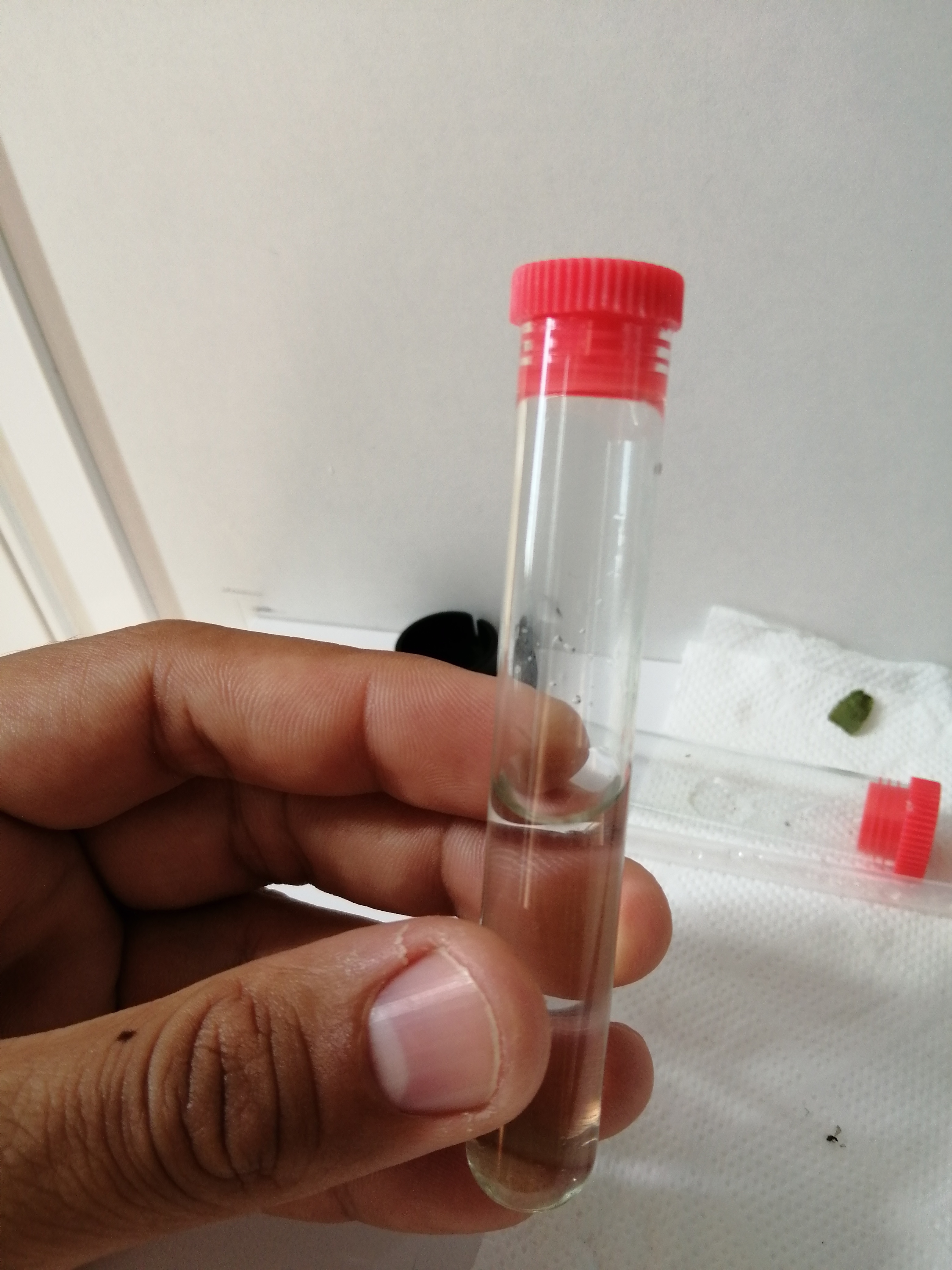
Microbiology has that essence of never seeing things repeated! you're always going to get you something new, I'm always taking water samples to examine them, identify new organisms! for example, this water sample was taken from Seixal Bay, an area near my house! I have observed that many people take a bath in this river! But what most catches my attention is that it has an outlet for sewage pipes! my question is? is this water suitable for showering? Let's see if I get any dangerous organism in it!😁😁
La microbiología tiene esa esencia de nunca ver cosas repetidas! siempre vas a conseguirte algo nuevo, siempre estoy tomando muestras de aguas para examinarlas, identificar organismos nuevos! por ejemplo esta muestra de agua fue tomada de la bahia de Seixal una zona cerca de mi casa! he observado que muchas personas toman baño en este rio! pero lo que mas llama mi atencion es que tiene desembocadura de tuberias de aguas negras! mi pregunta es? esta agua es apta para ducharse? veamos si consigo algun organismo peligroso en ella!😏😏
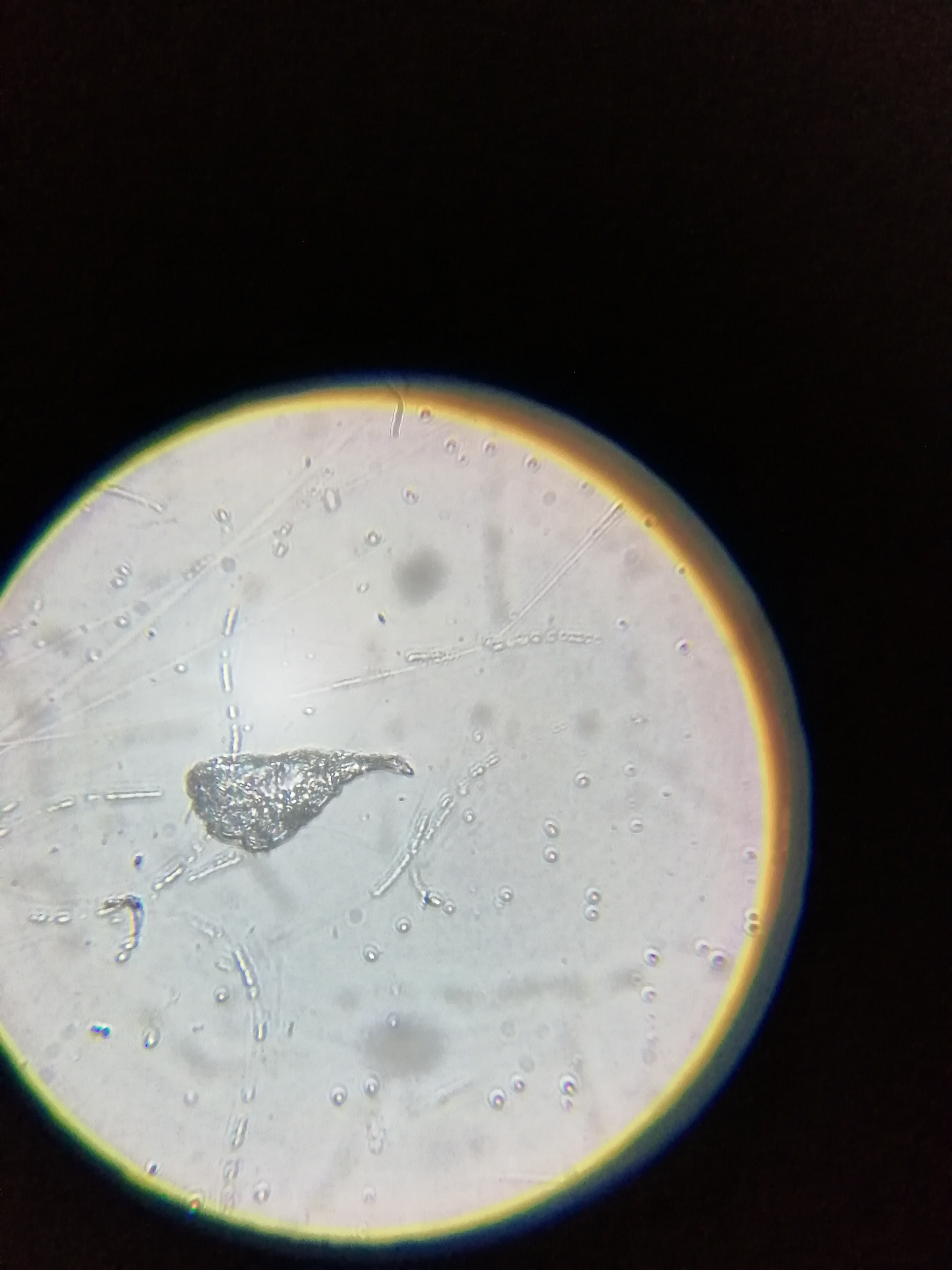

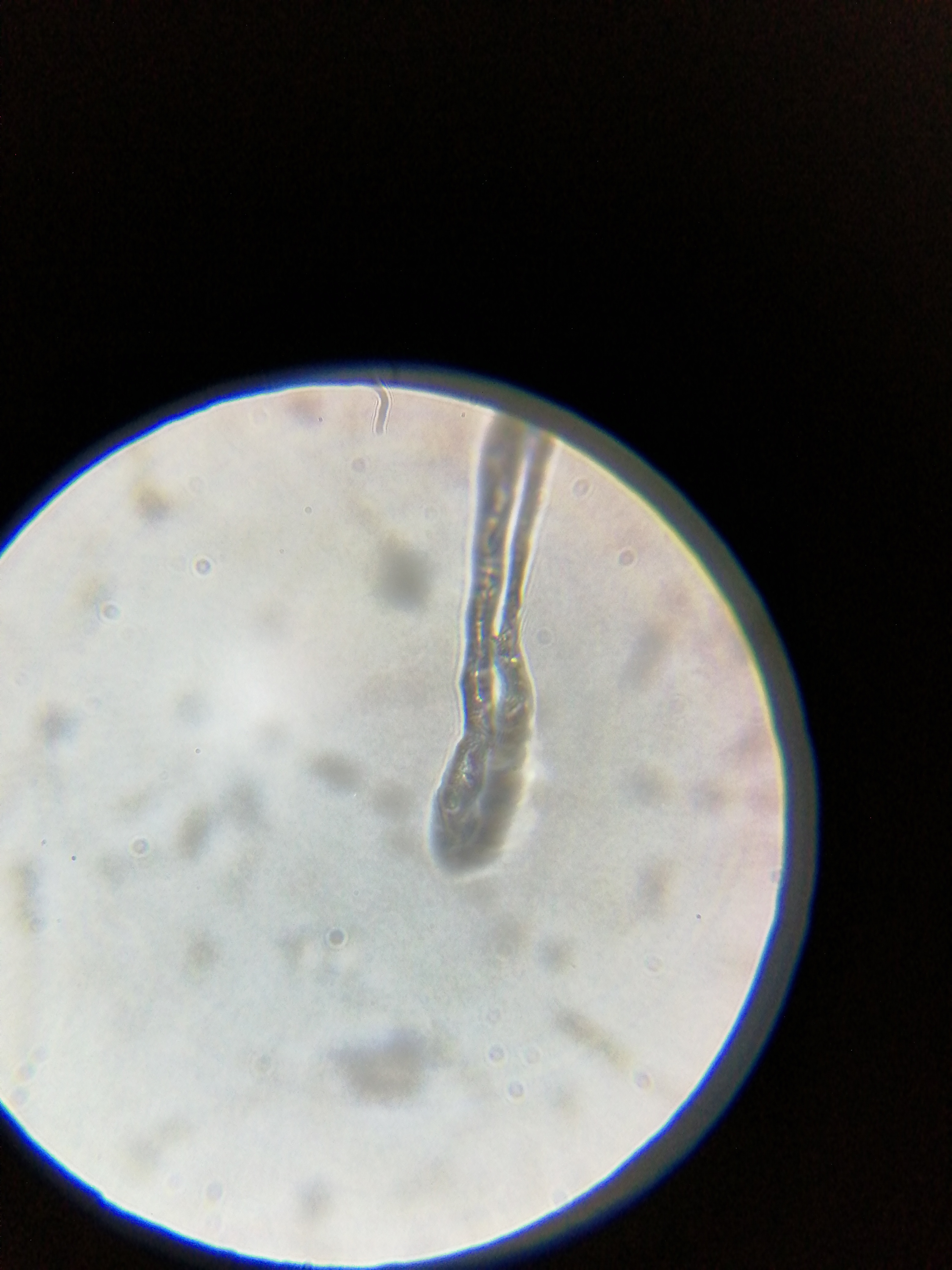
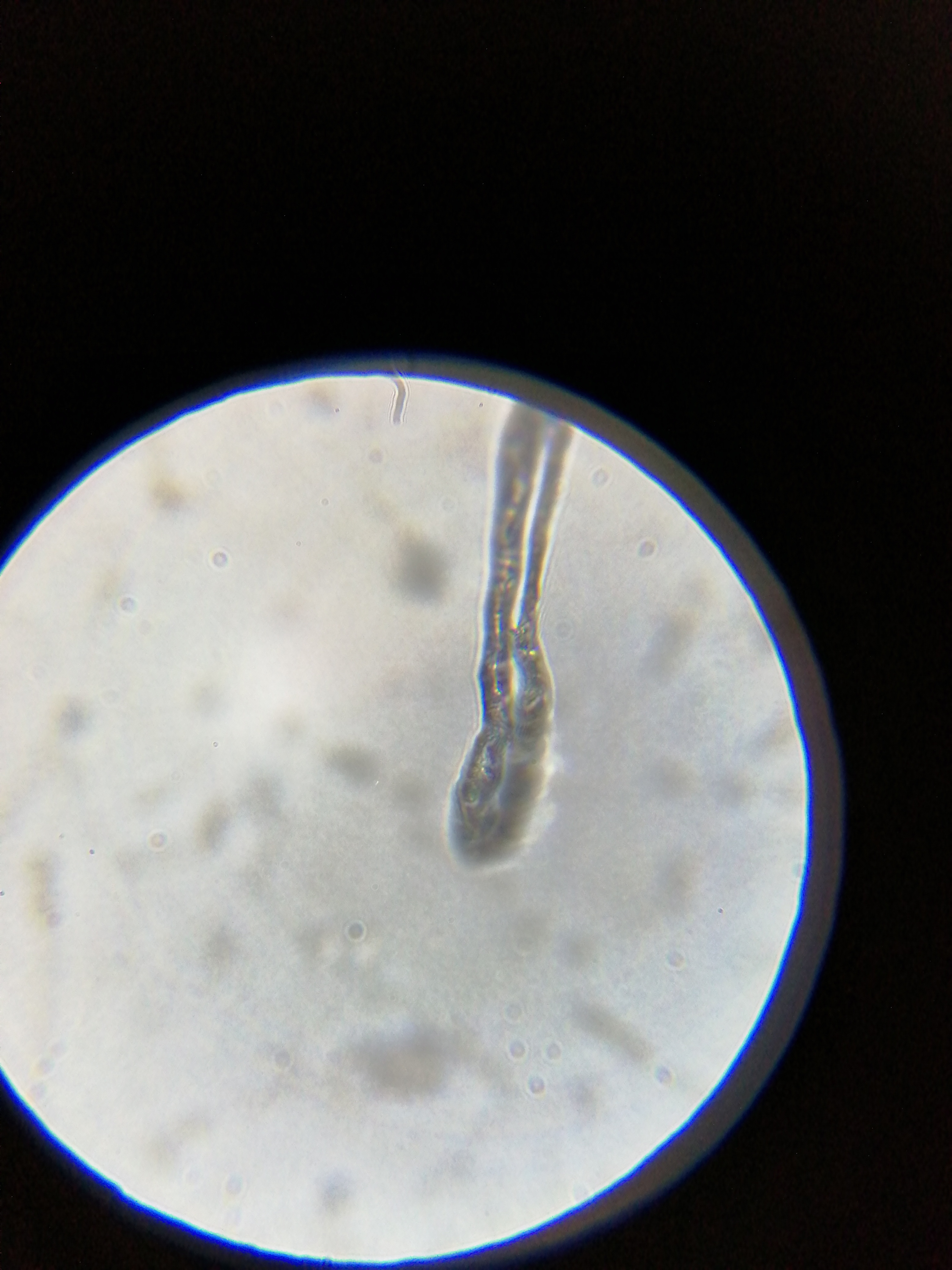
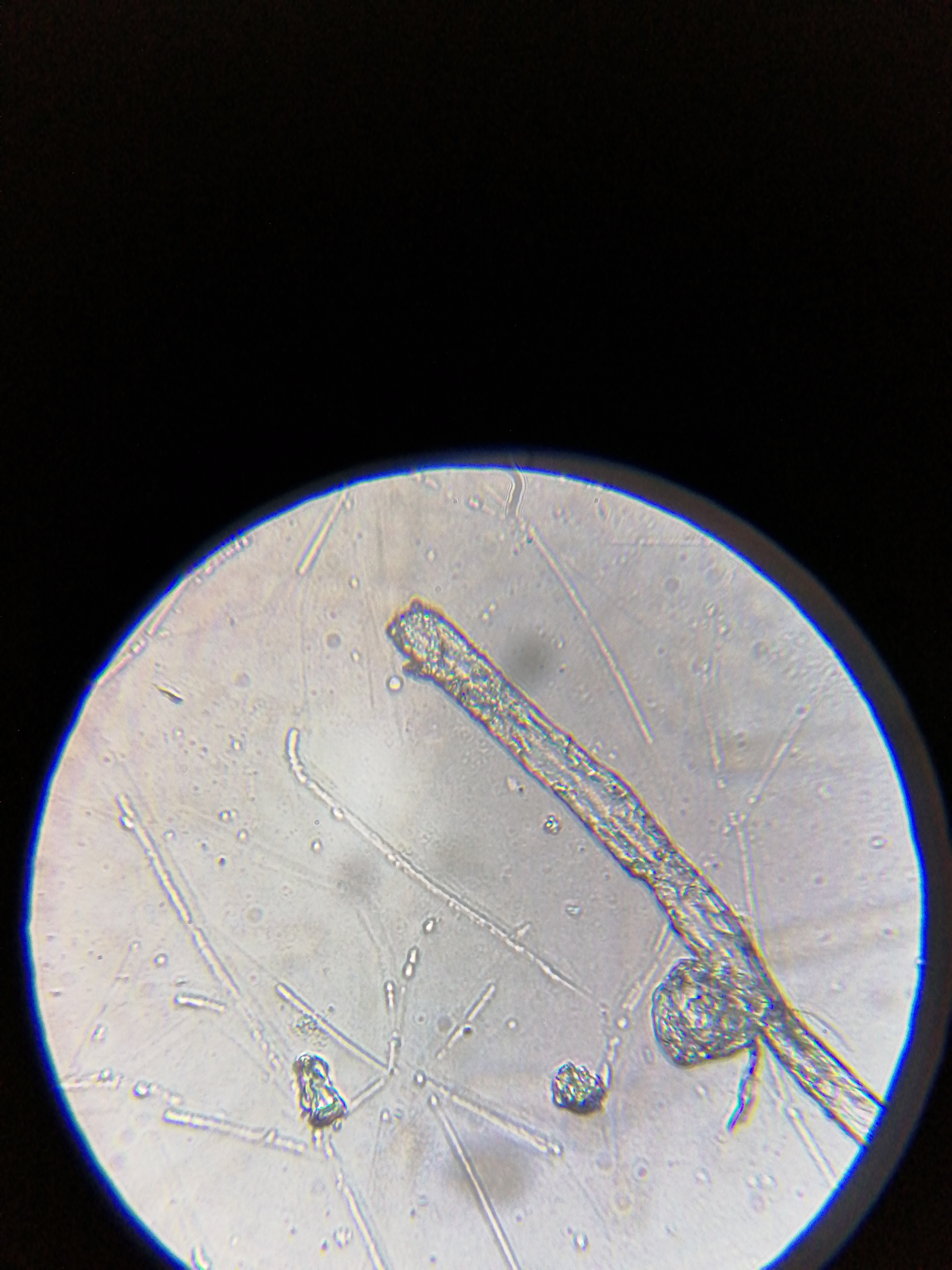
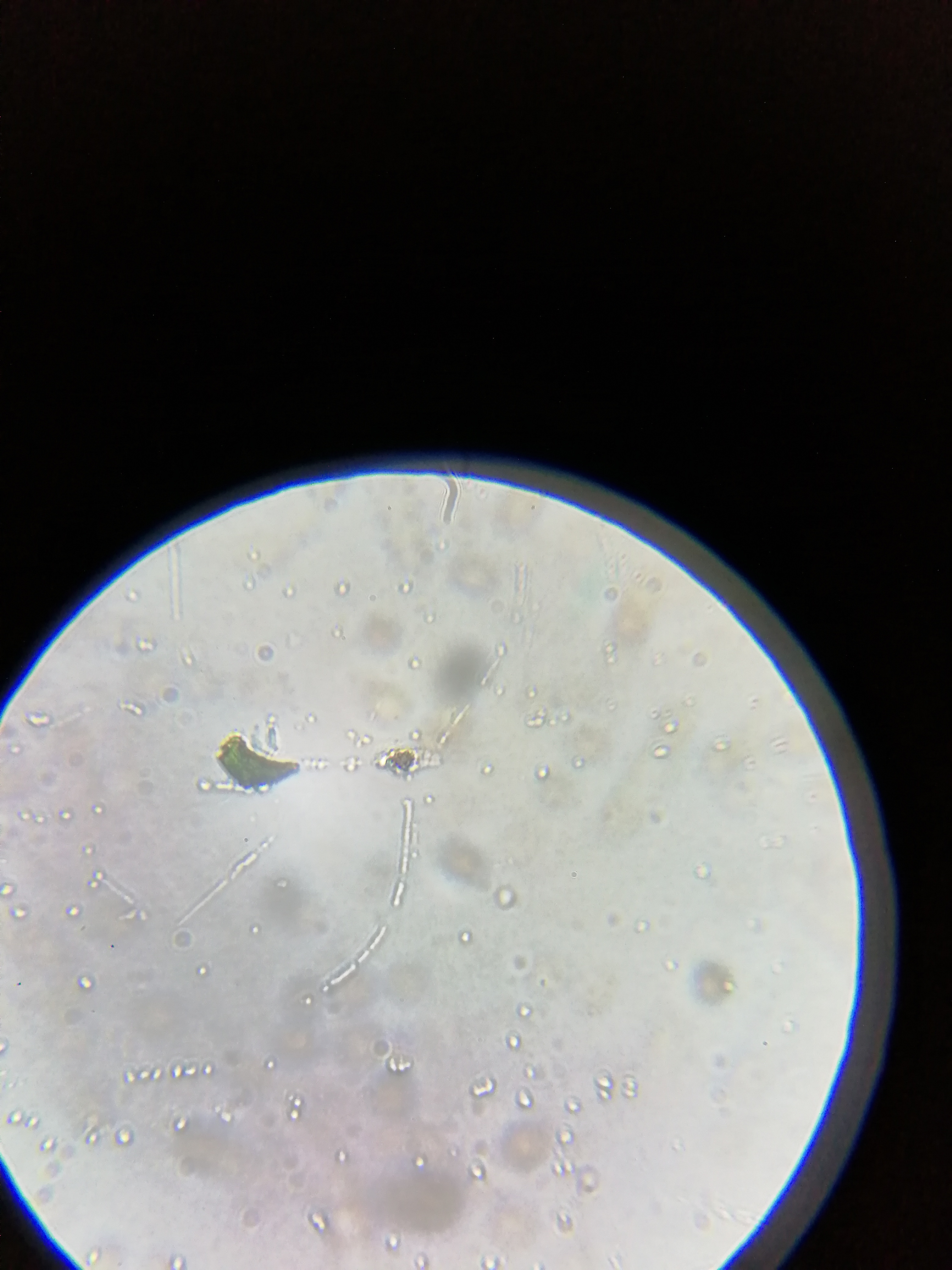
I have observed many microalgae, this is because the water is shallow and always receives sun, all these conditions are perfect for the appearance of algae, I have also observed diatoms moving in the water sample, some specimens also of Oscillatoria, Phormidium!😶😶
He observado muchas microalgas, esto se debe a que el agua es de baja profundidad y siempre recibe sol todas estas condiciones son perfectas para la aparicion de algas, he tambien observado diatomeas desplazandose en la muestra de agua, algunos ejemplares tambien de Oscillatoria, Phormidium! 🍀🍃
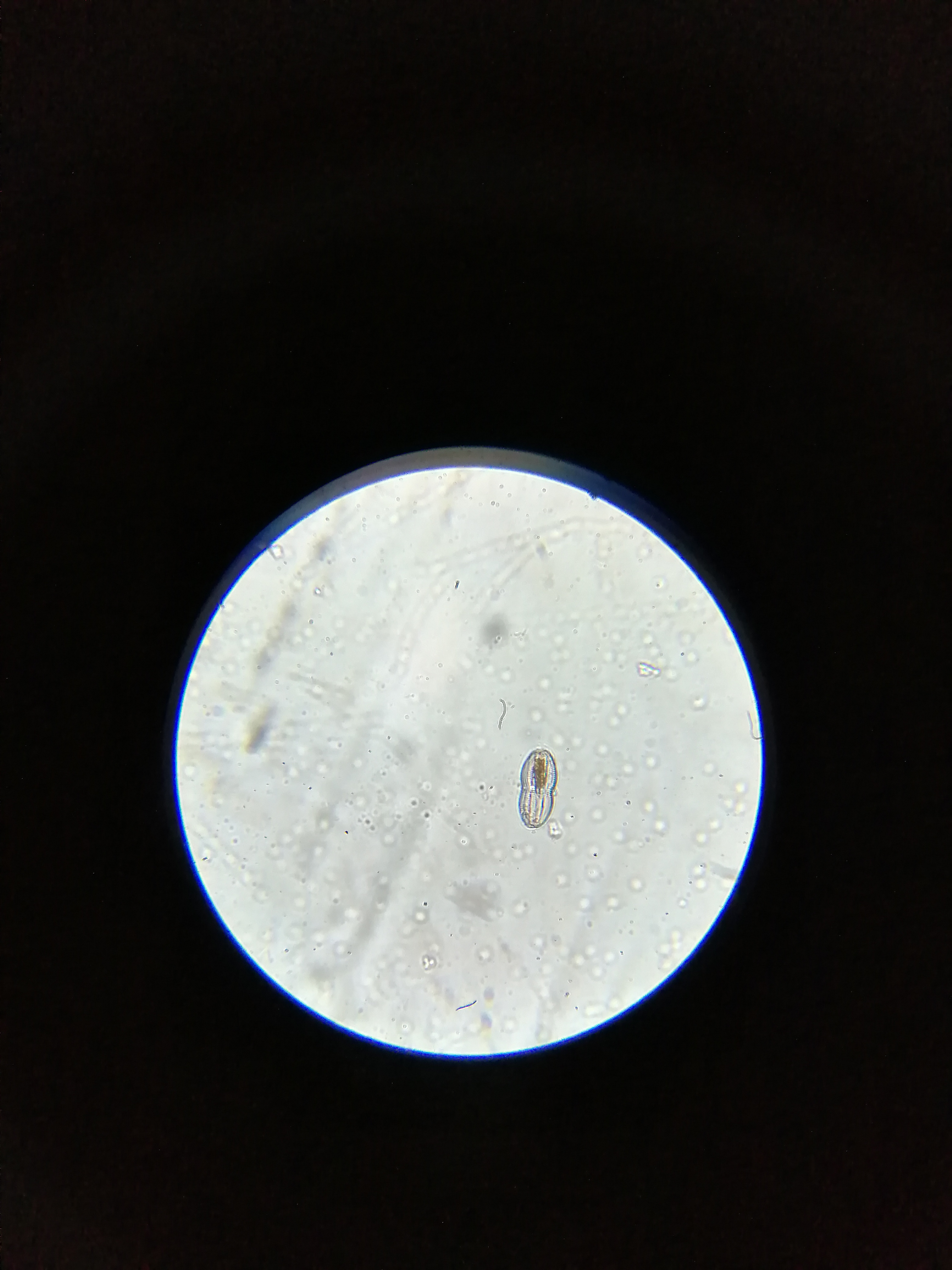
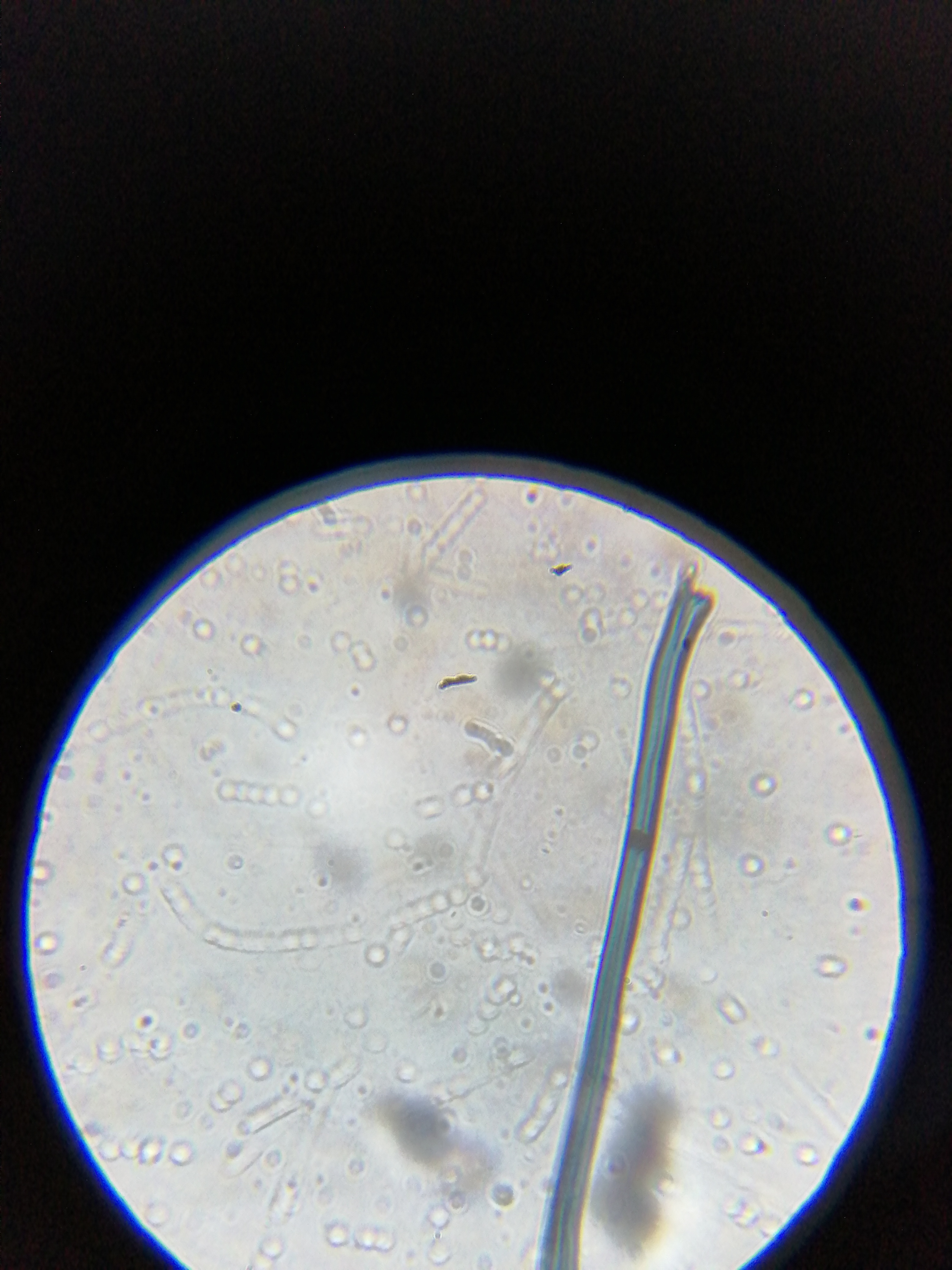
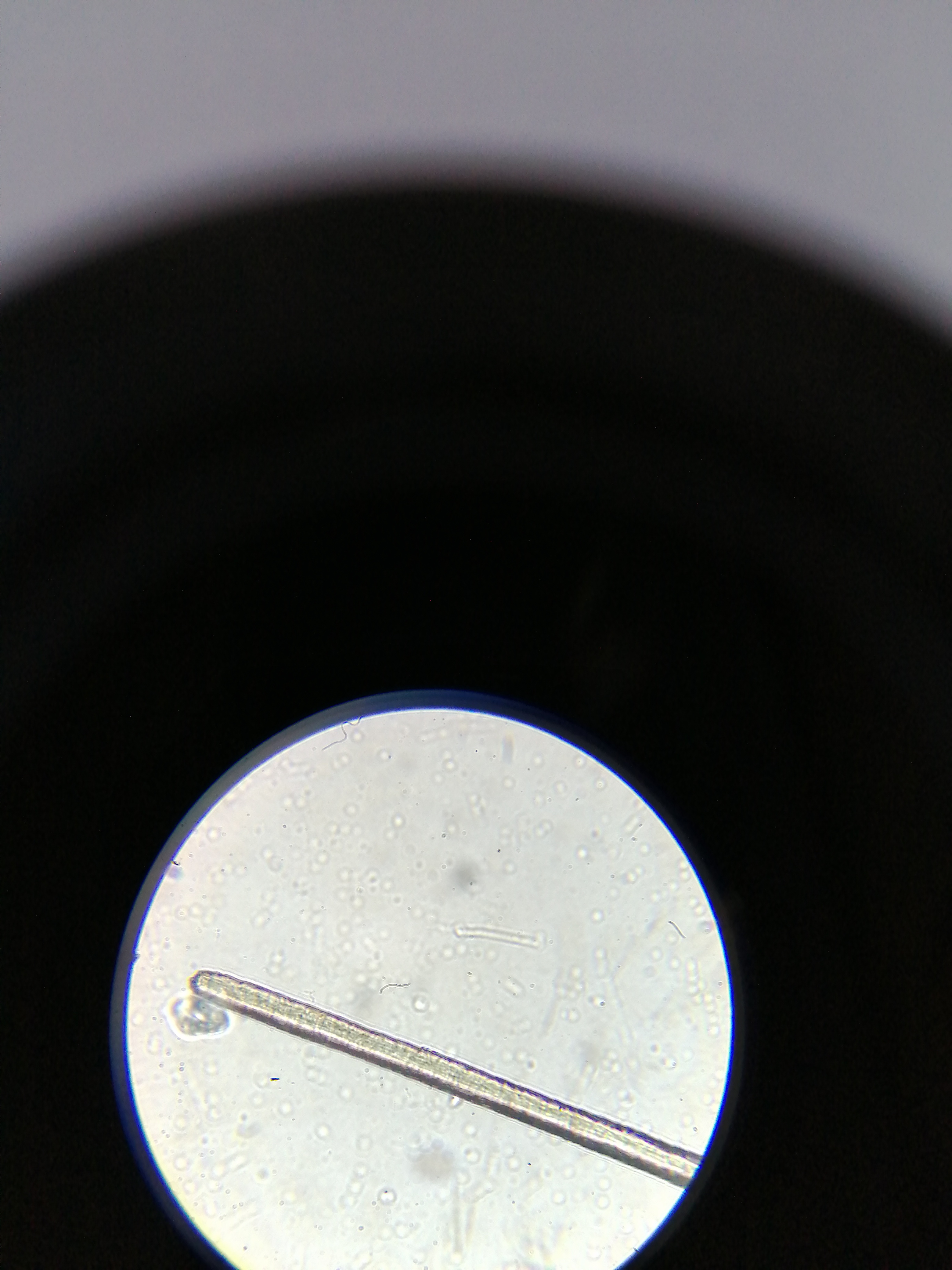
Freshwater organisms like Cocconeis, Achnanthes were also recorded in my research! Another organism of closed valves very frequent in this type of water is the Naviculas and registers several in the samples!😁😁
Los organismos de agua dulce como Cocconeis, Achnanthes tambien fueron registrados en mi investigacion! otro organismo de valvulas cerradas muy frecuente en este tipo de agua son las Naviculas y registra varias en las muestras!😮

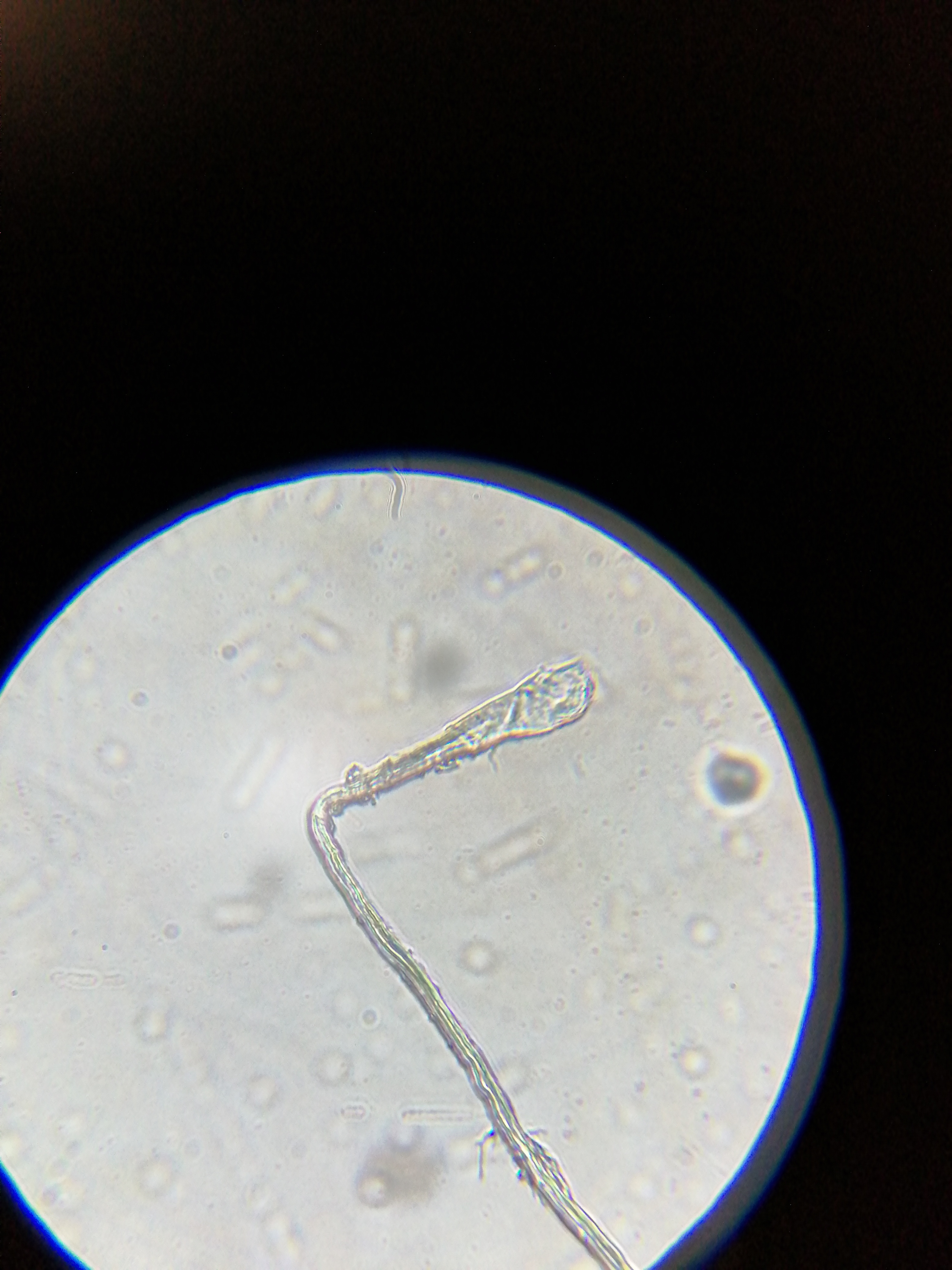
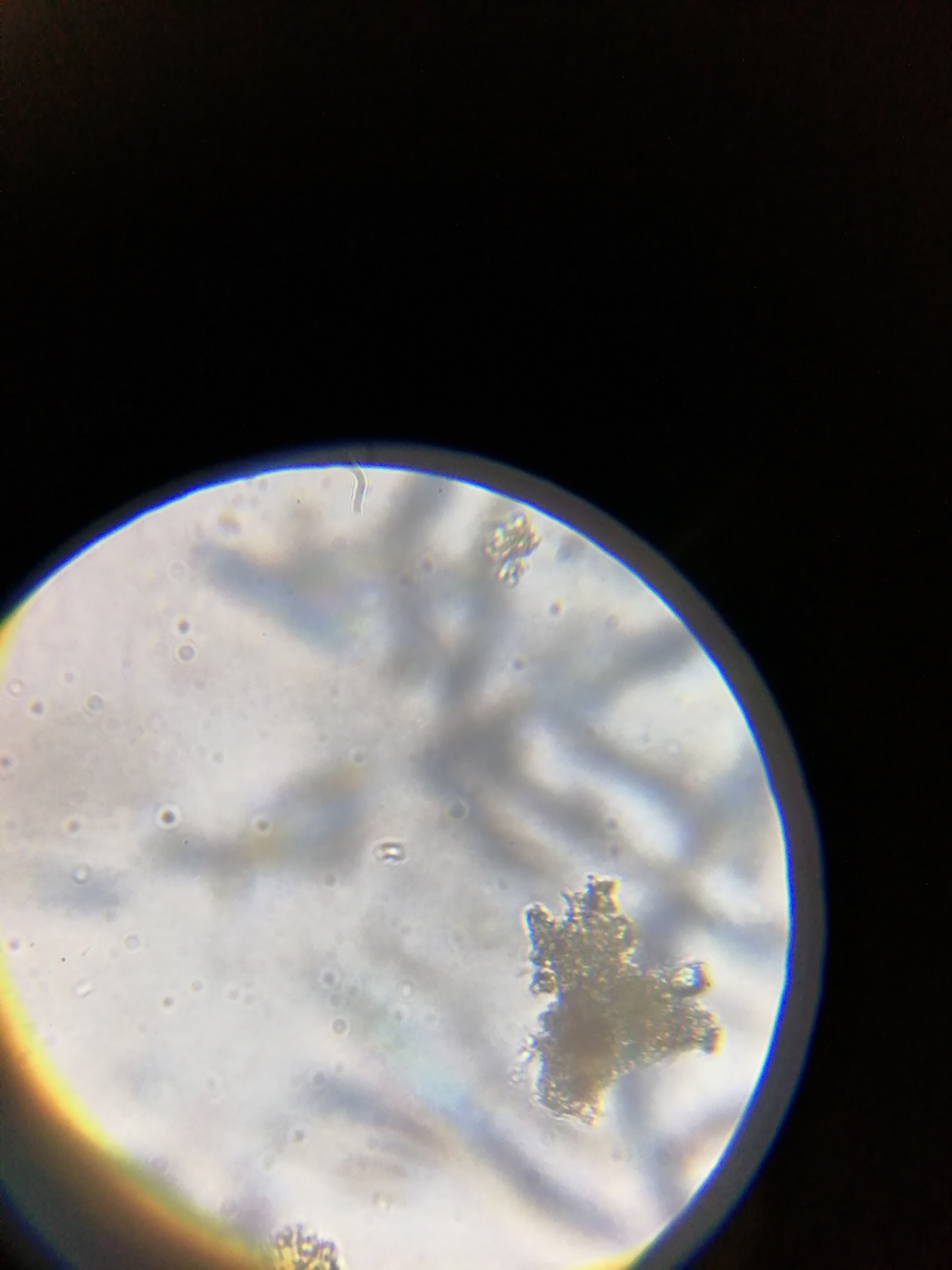
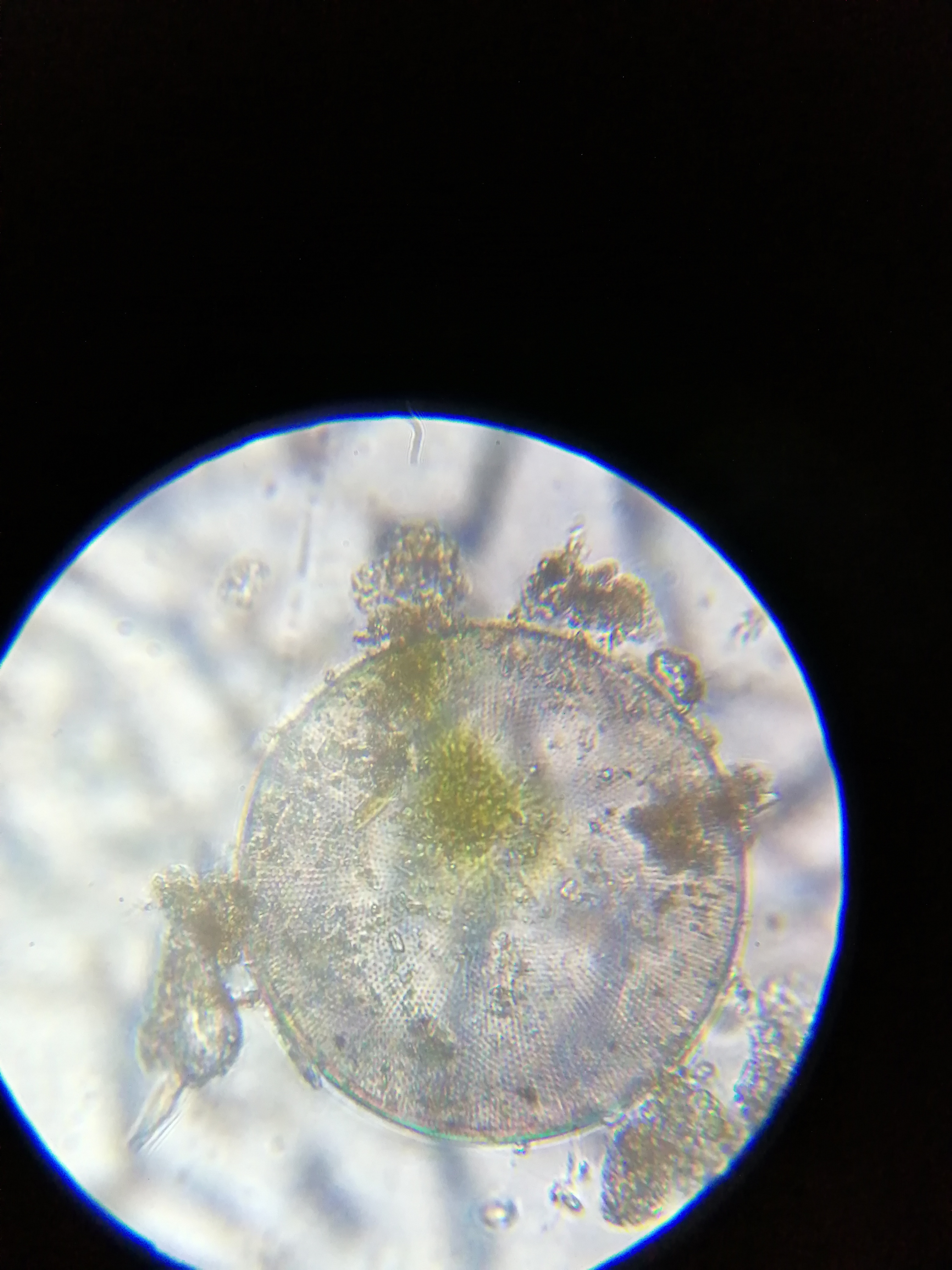
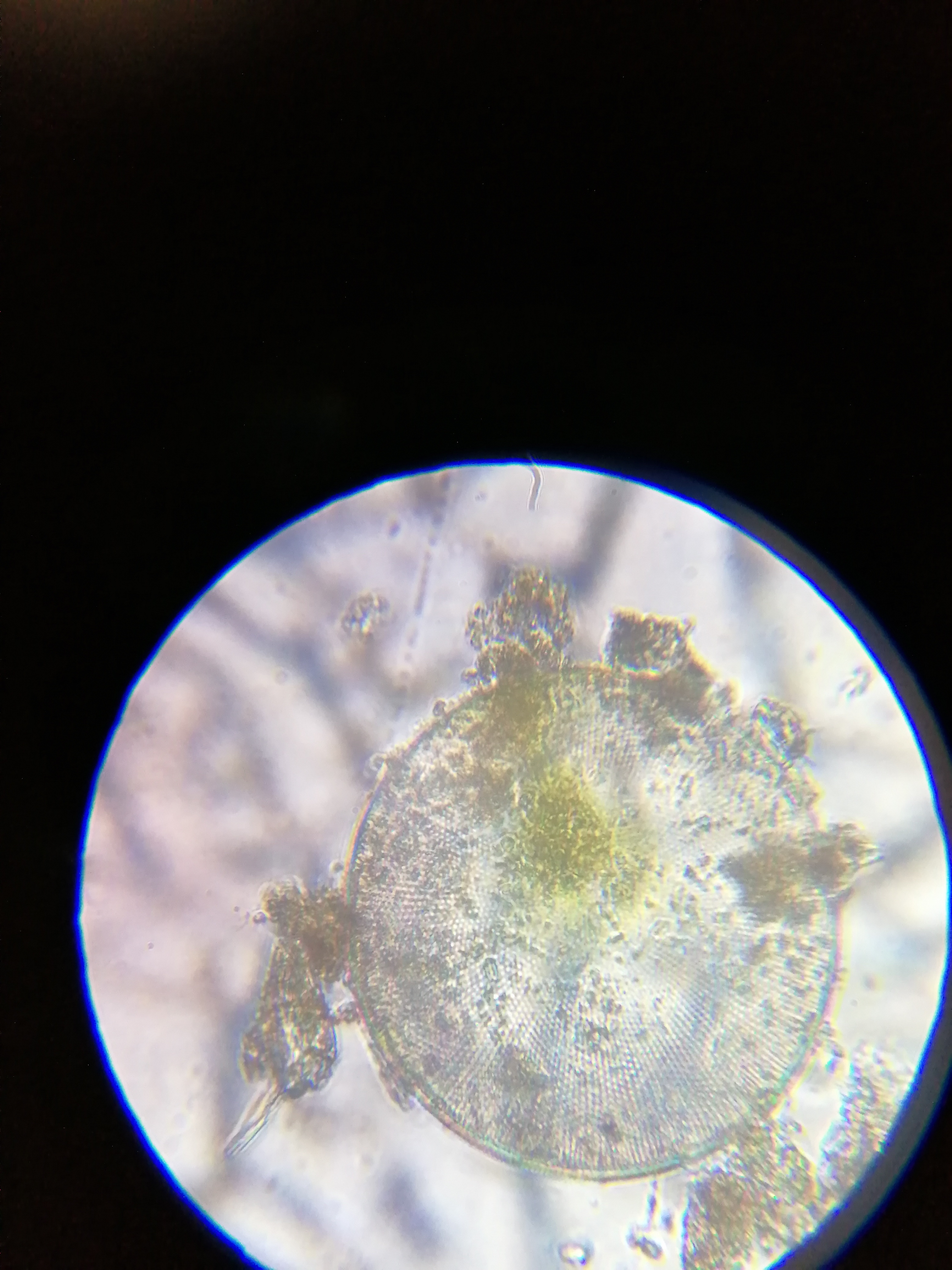
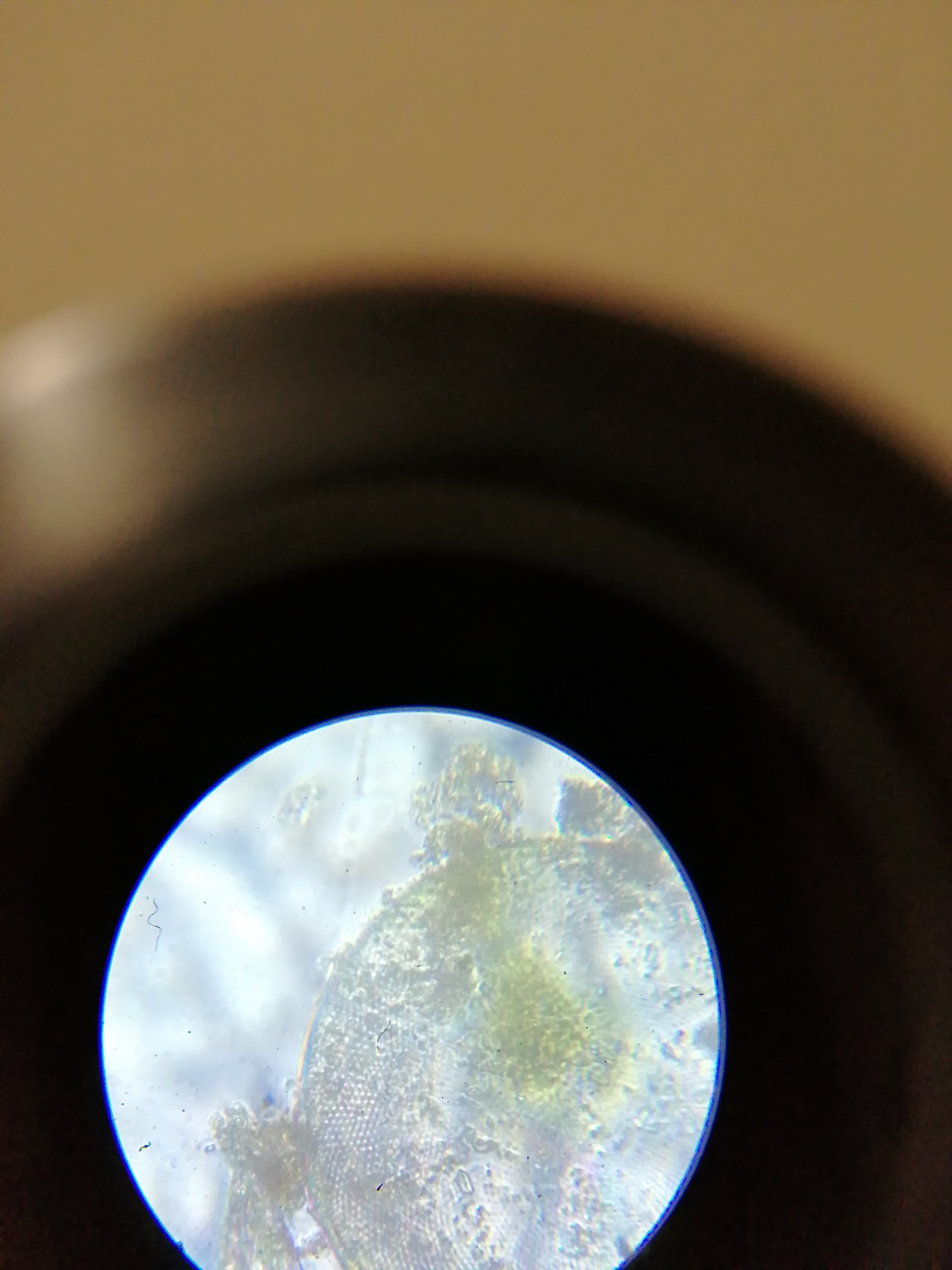
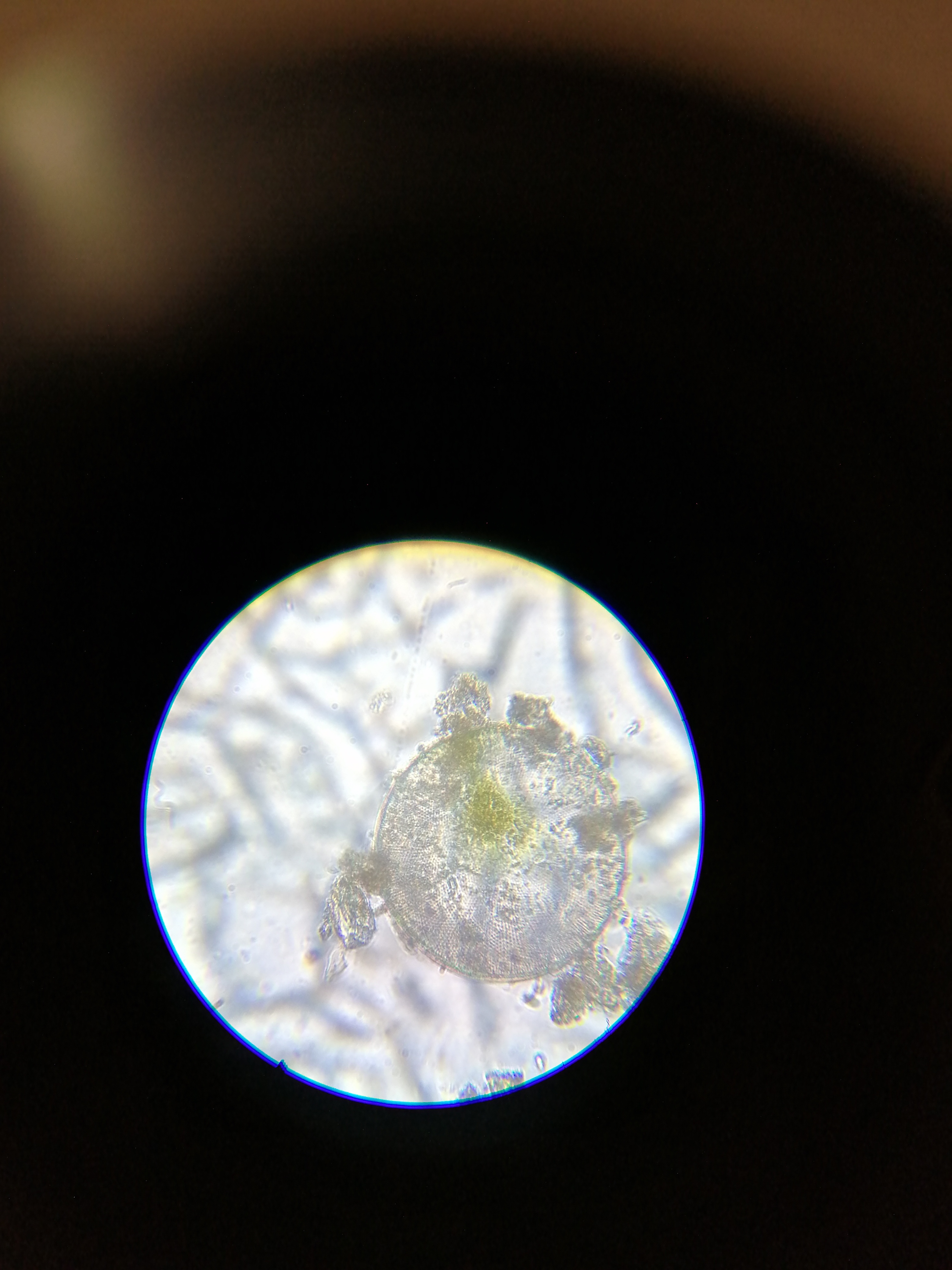
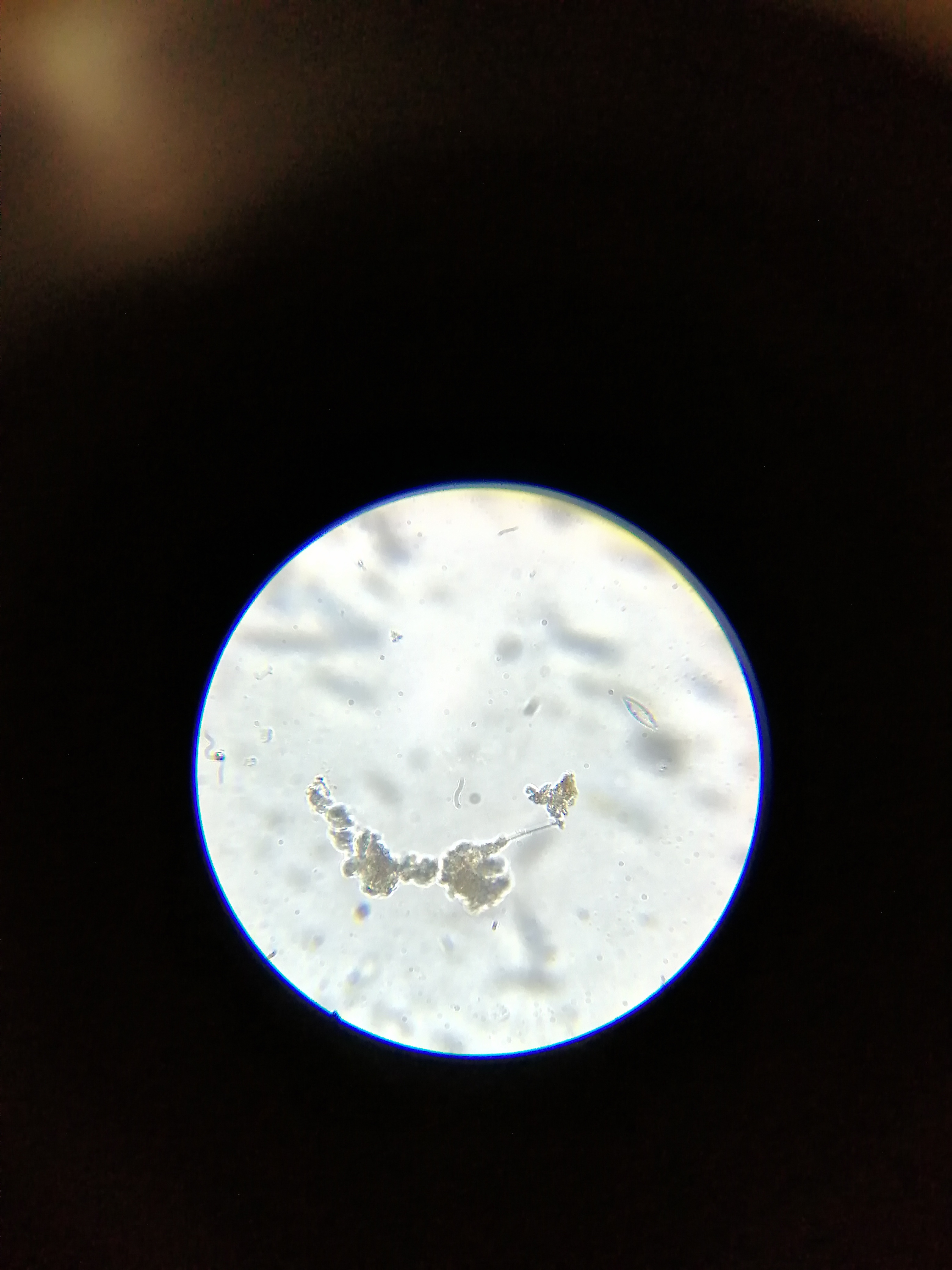
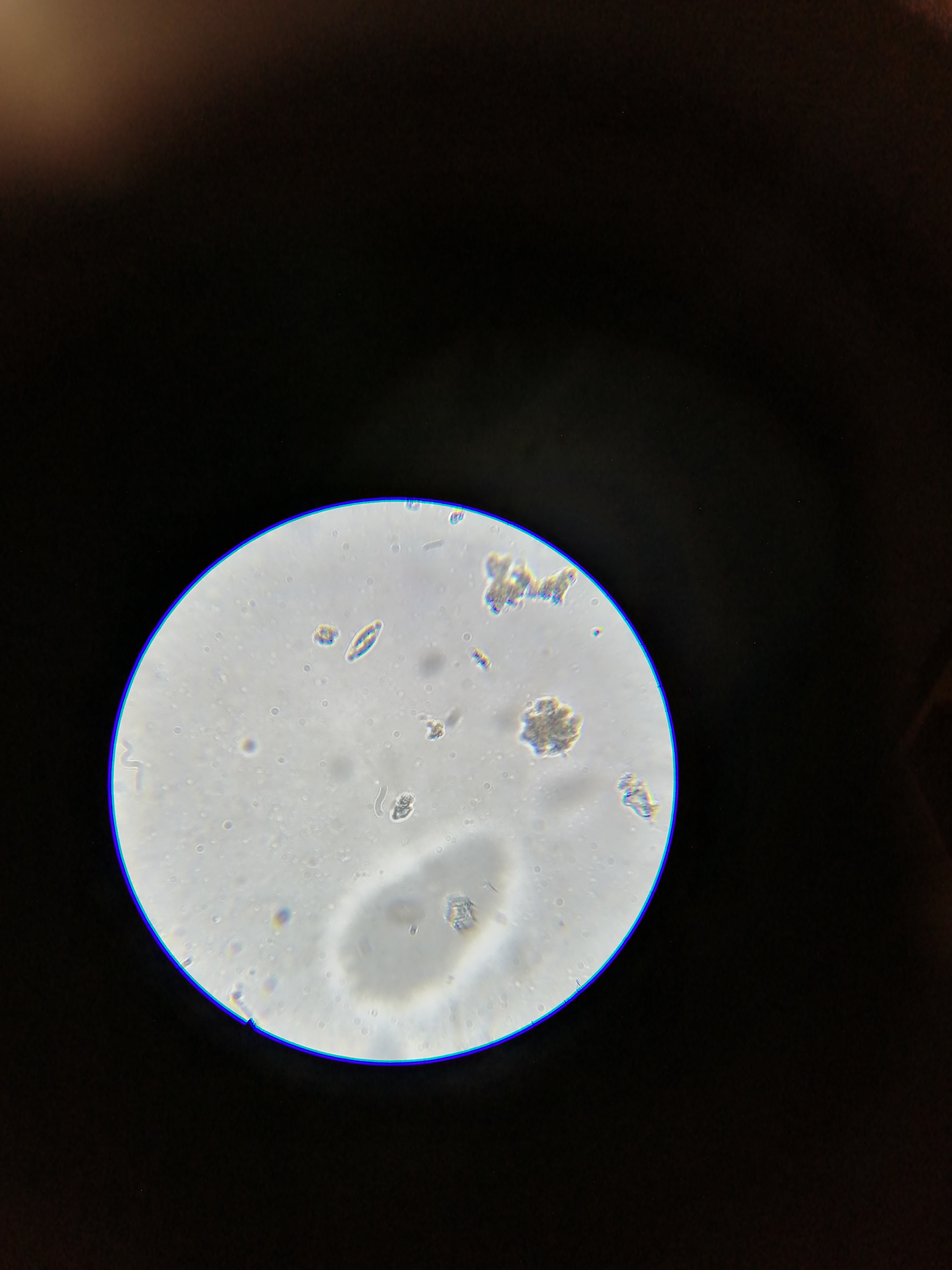
Although there are exceptions, the responsible organ is the scourge. The bacterial flagellum only has in common with the eukaryotic flagellum its mobility function. Rotation of the flagellum in one direction or another affects the direction of movement of the bacteria. This can be linear or the result of a succession of runs or cartwheels👁🦿🦾
Aunque hay excepciones el órgano responsable es el flagelo. El flagelo bacteriano solo tiene en común con el flagelo eucariota su función de movilidad. La rotación del flagelo en un sentido u otro afecta a la dirección del movimiento de la bacteria. Este puede ser lineal o resultado de una sucesión de carreras o volteretas🧫🔬
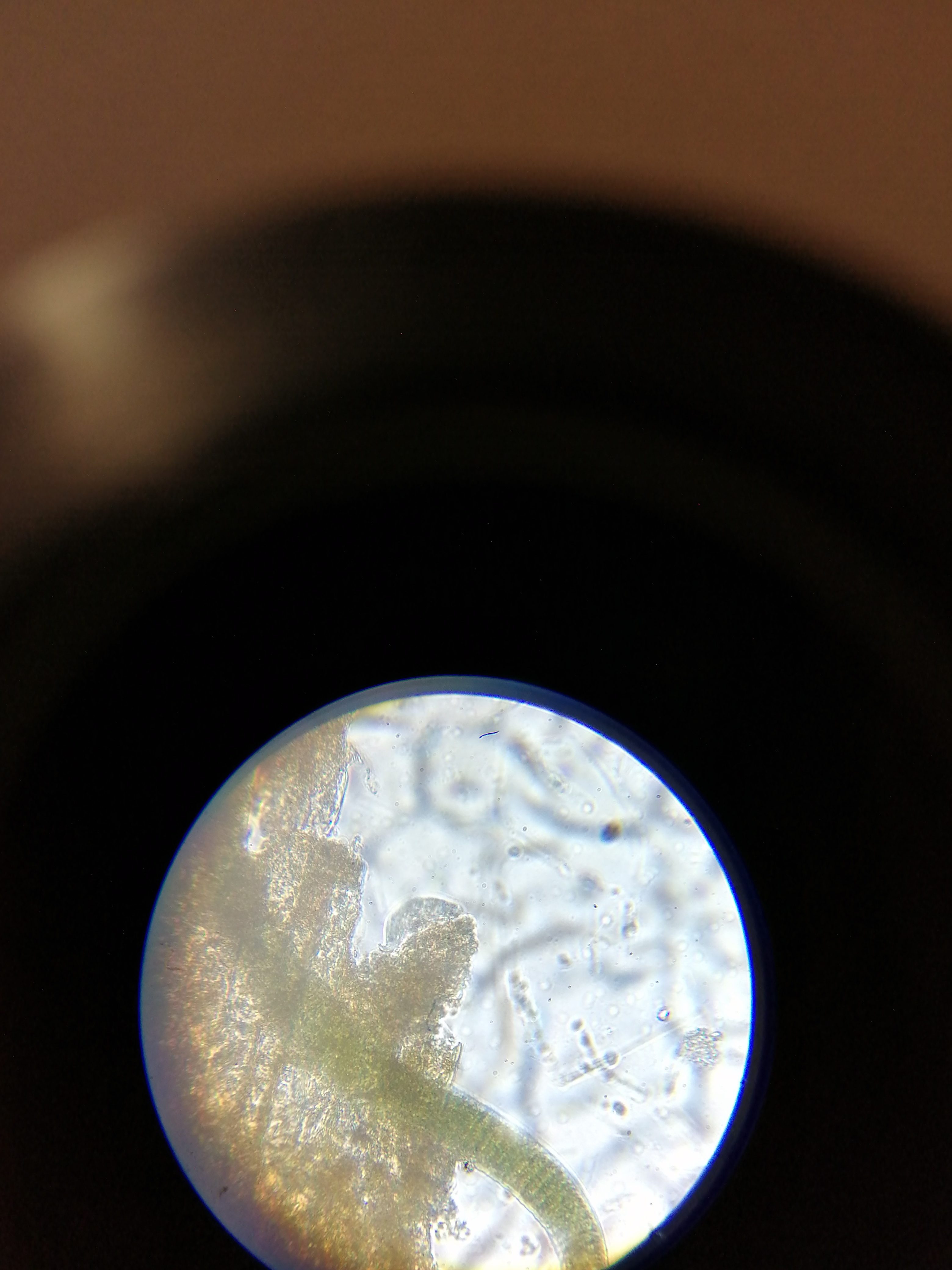
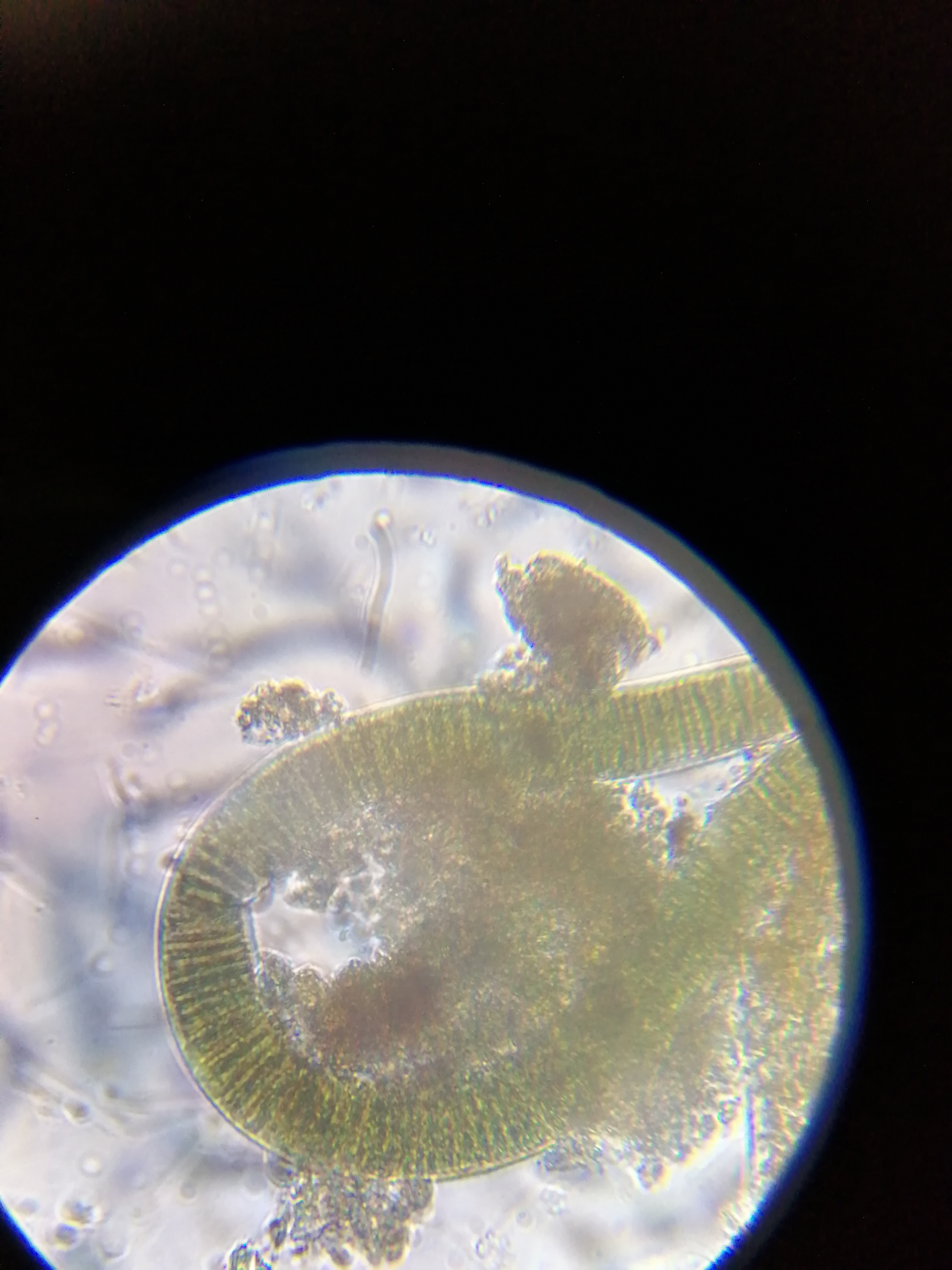
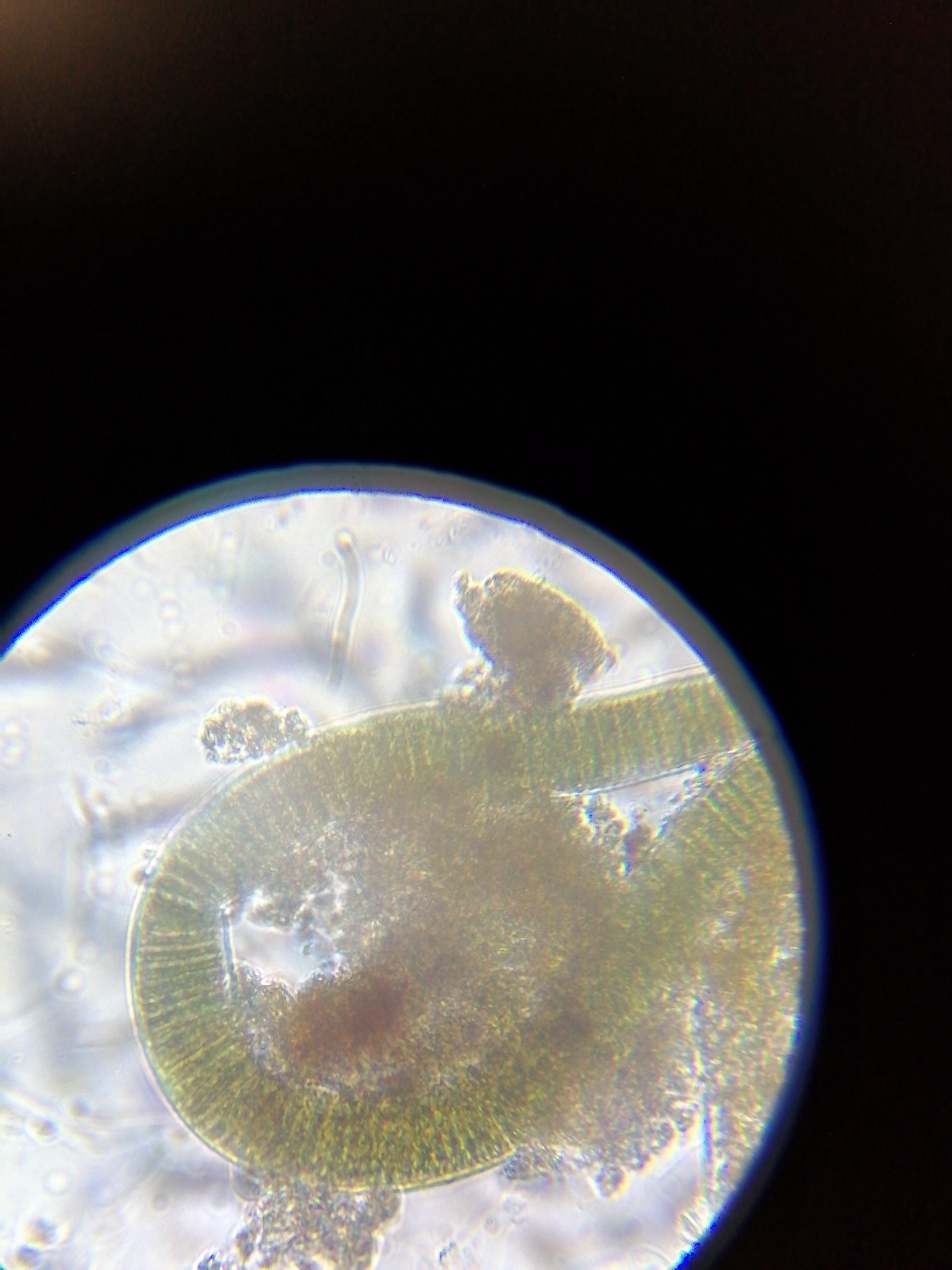
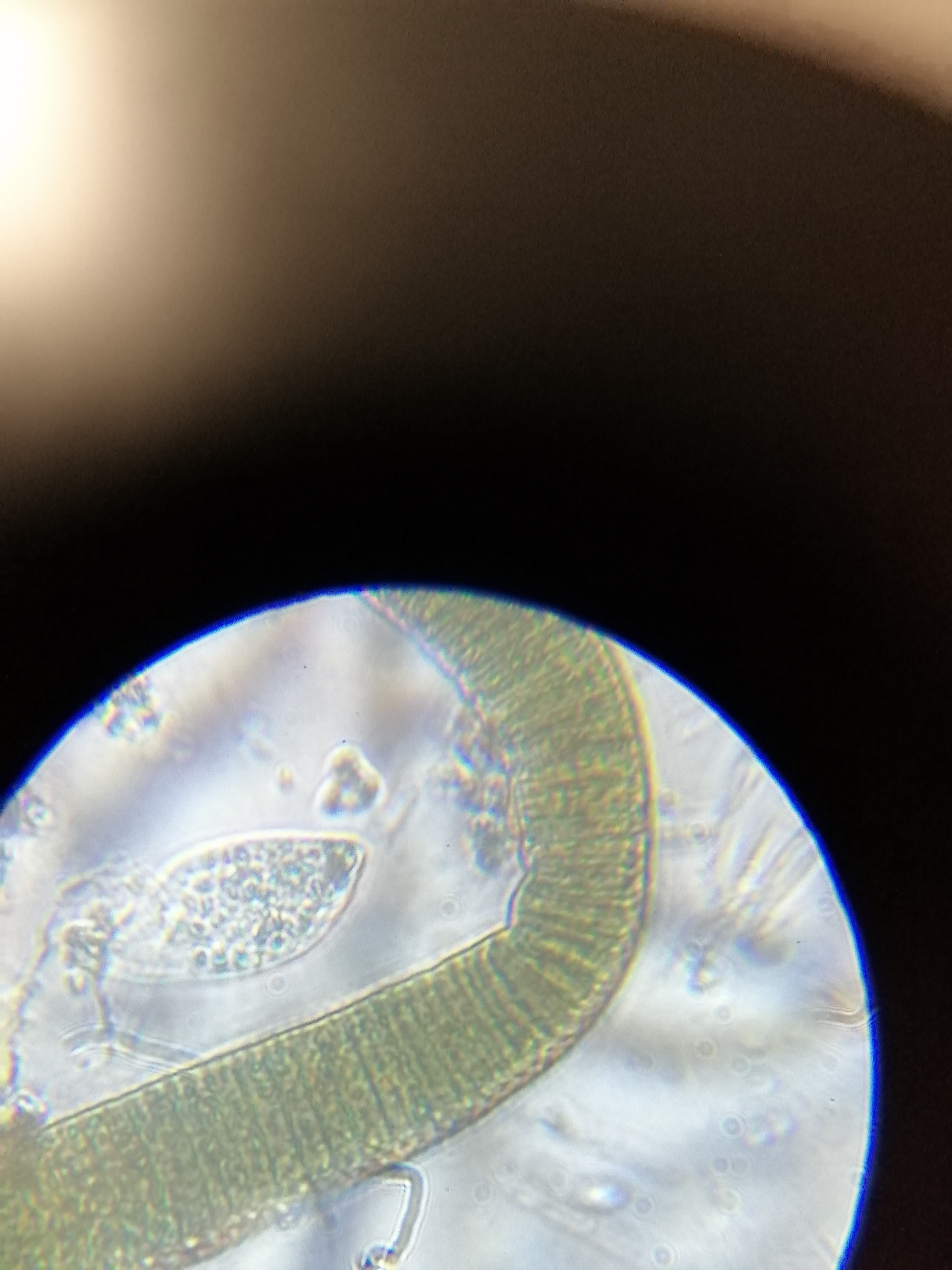

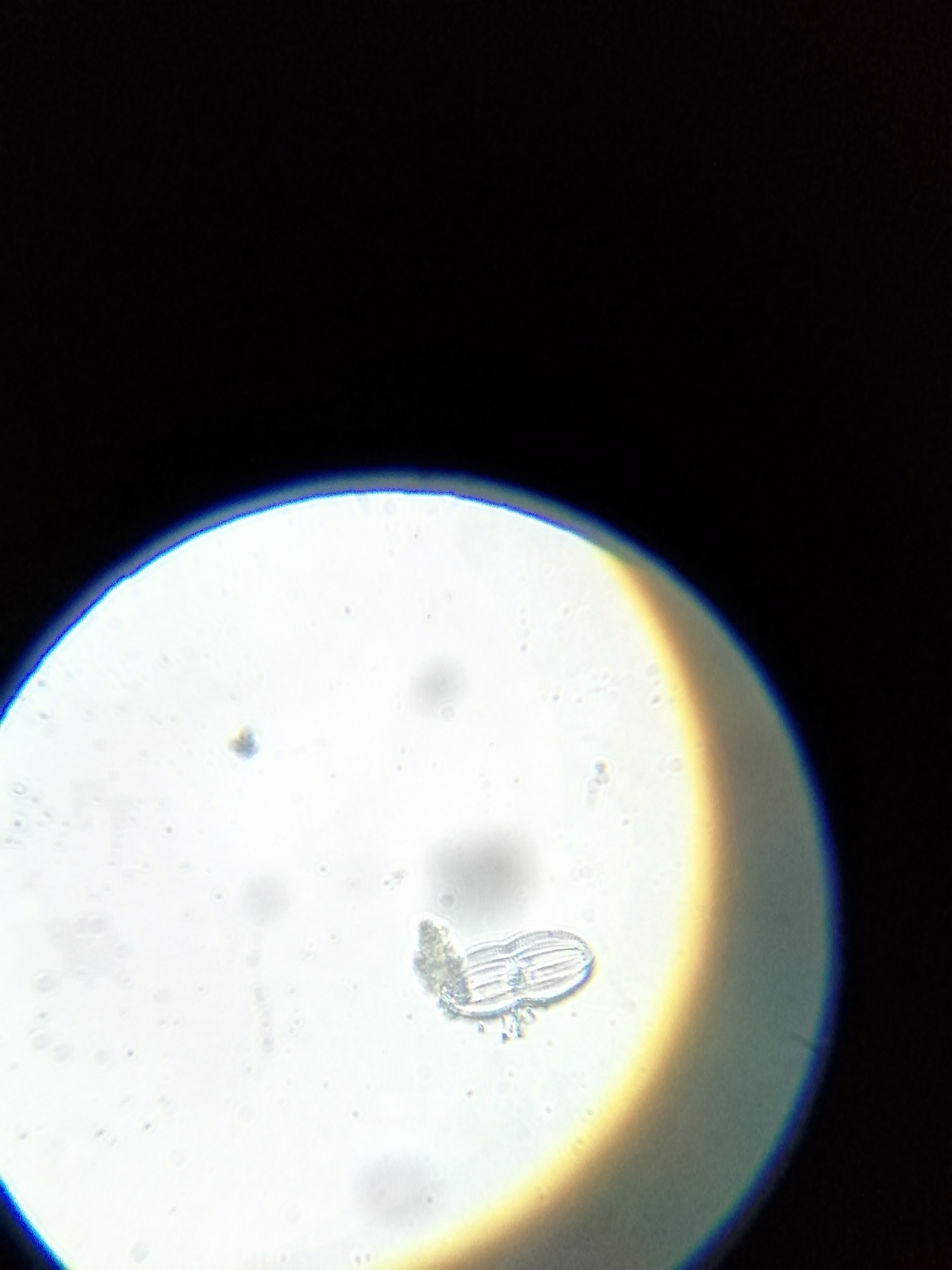
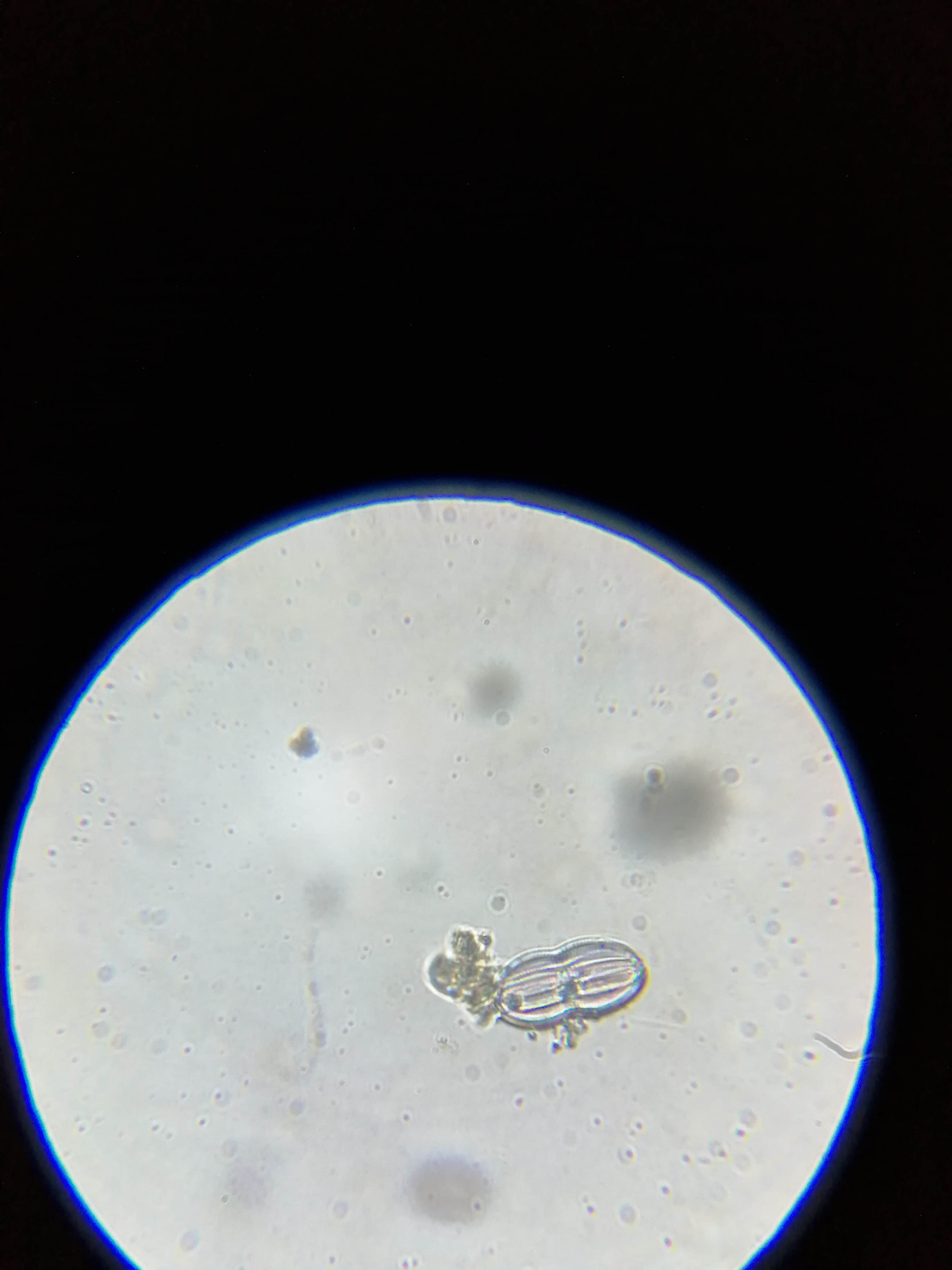
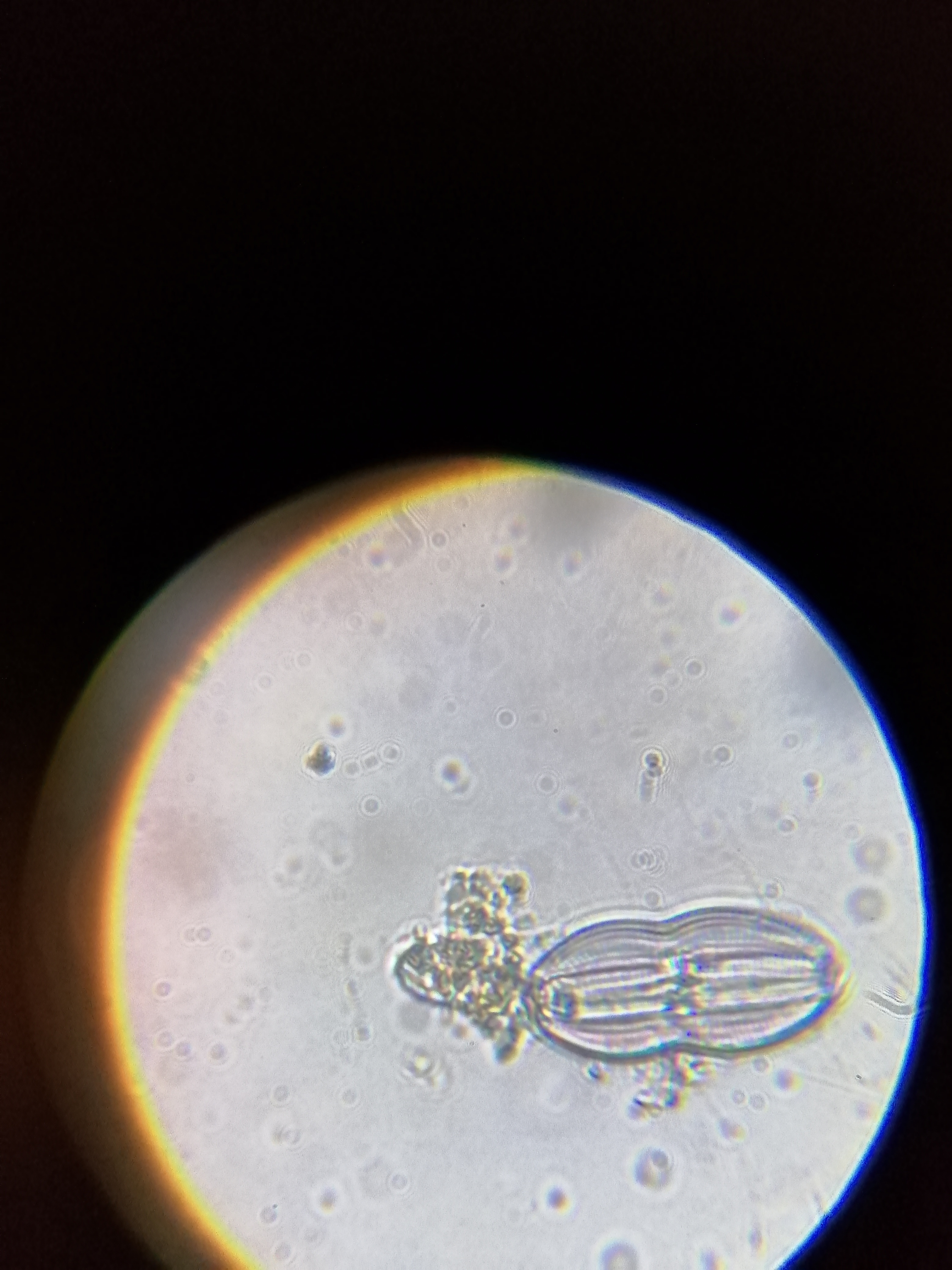
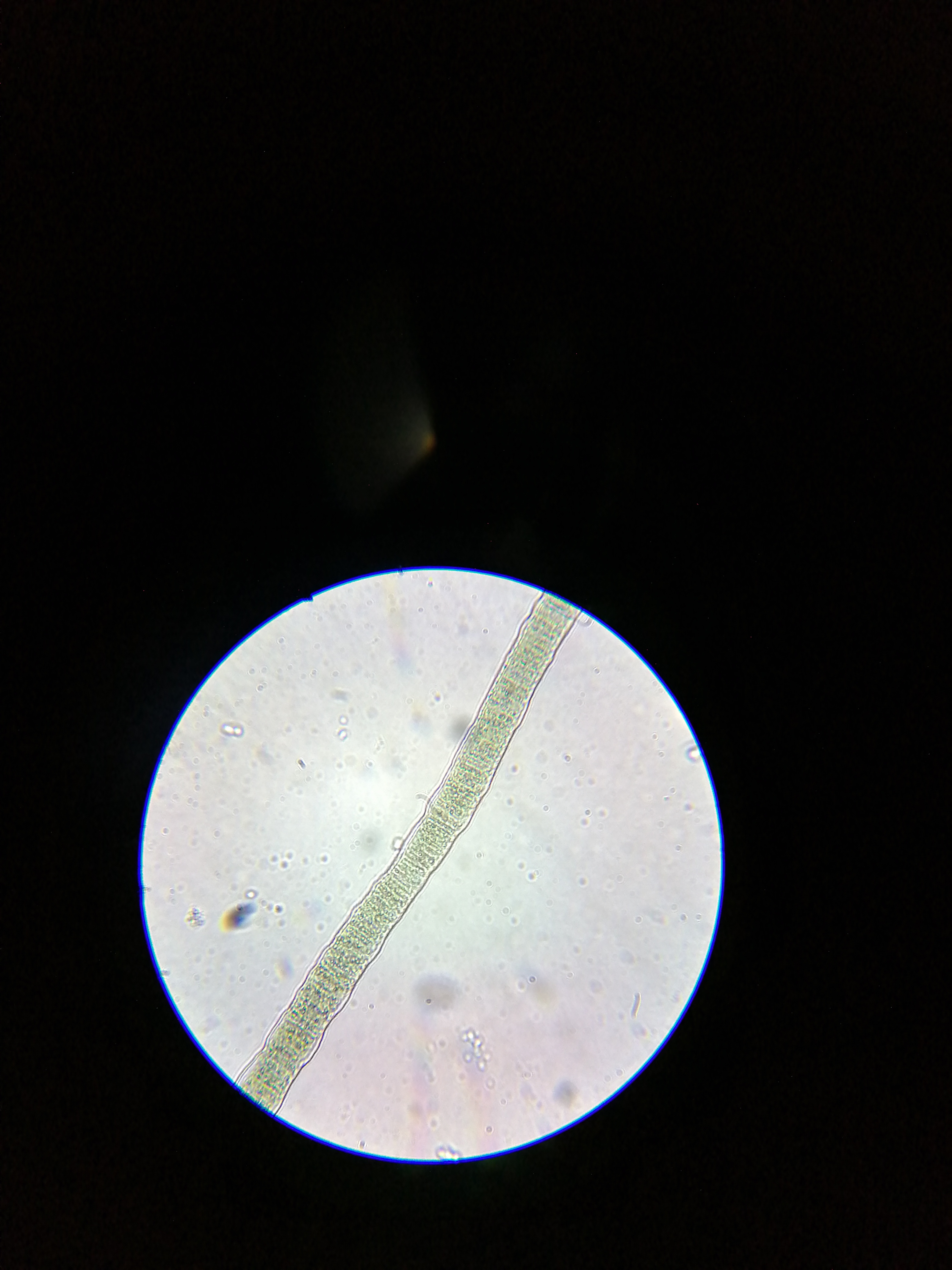
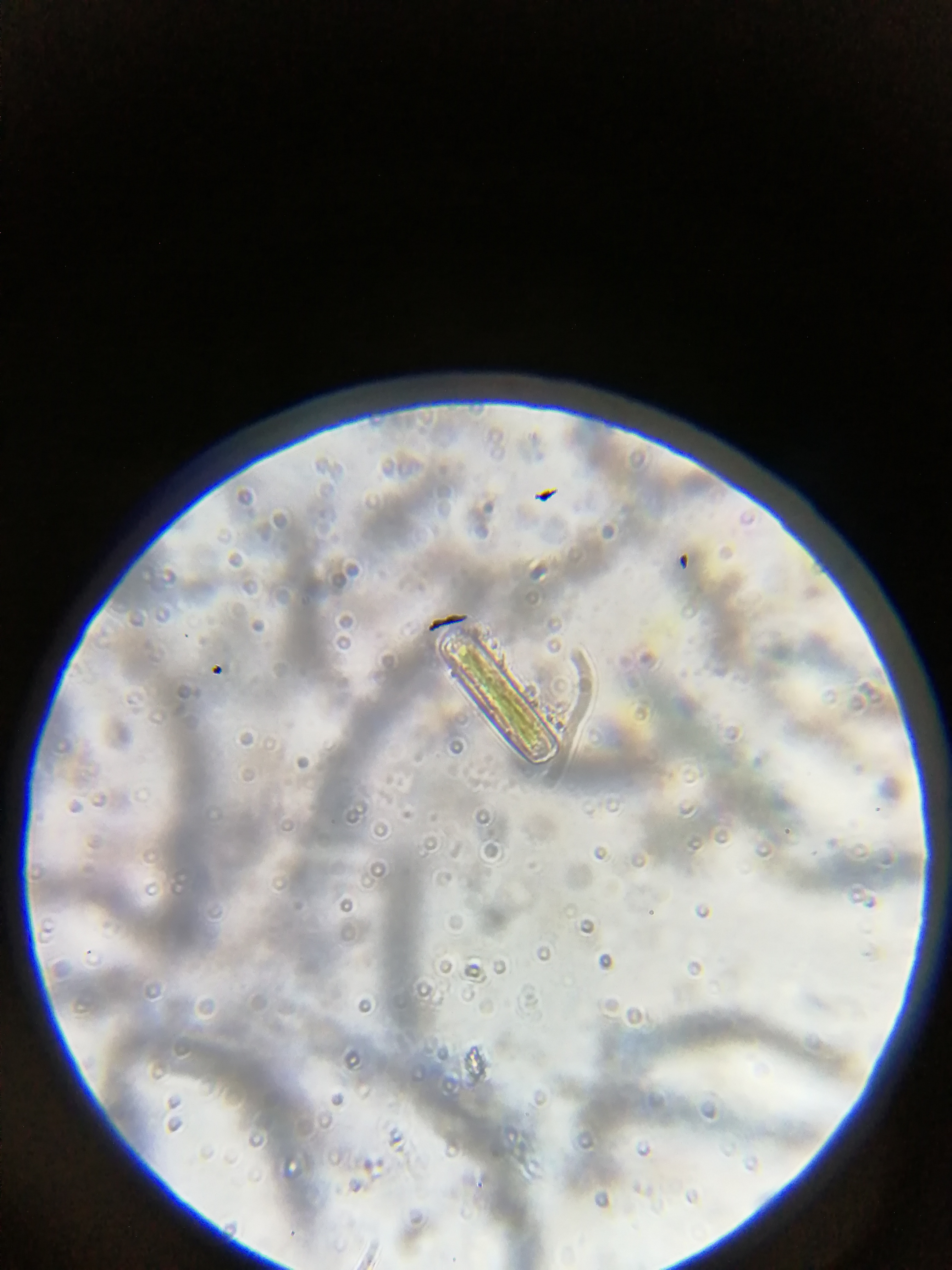
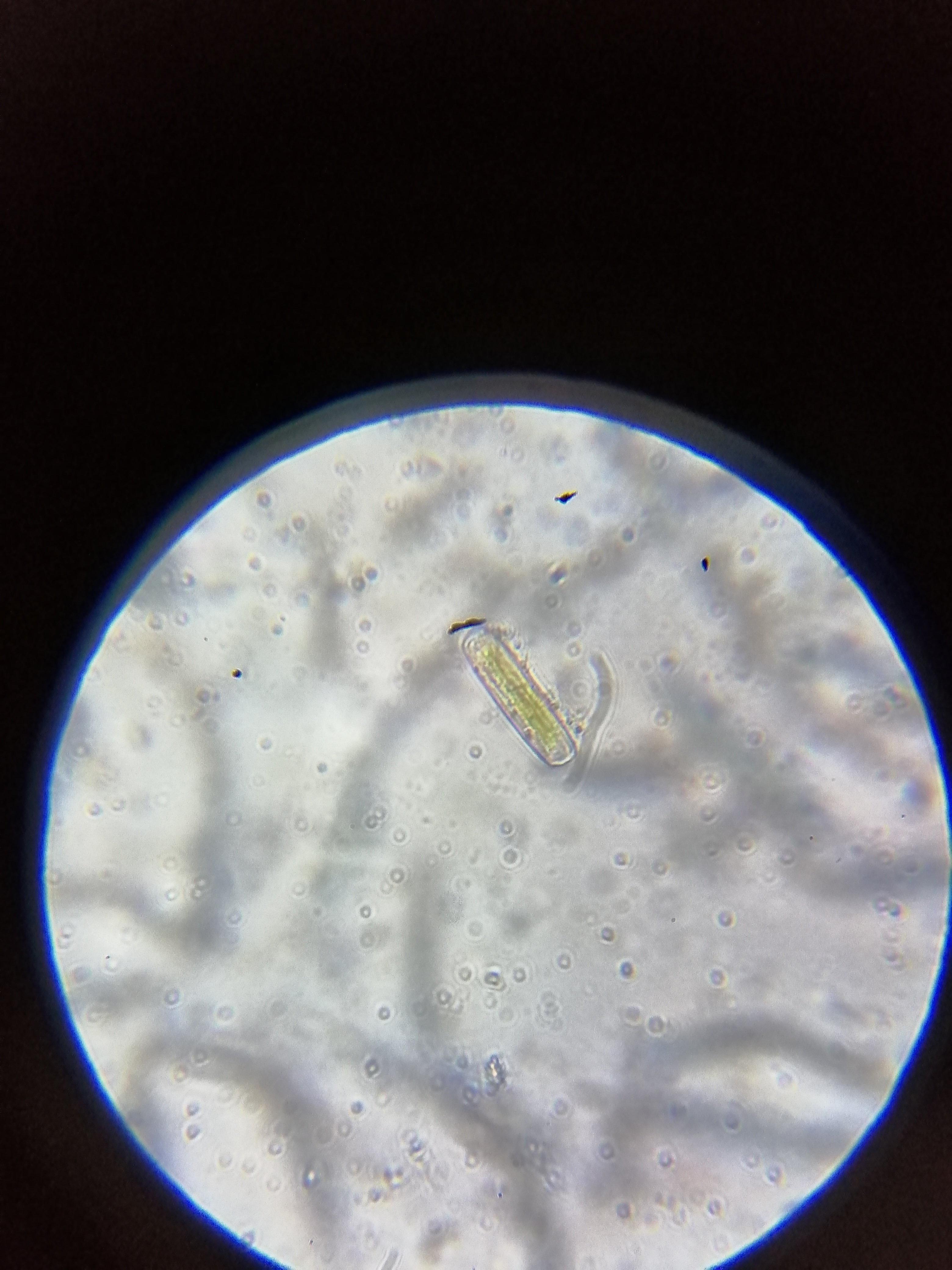
Ecosystems are influenced and controlled by microbial activities. You may have heard that some plants are capable of using atmospheric nitrogen, but in reality plants do not fix nitrogen, bacteria associated with them do, such as Rhizobium in legumes. It is the bacteria that metabolize the key elements and carry out the geochemical cycles of the nutrients: the carbon, nitrogen, phosphorus cycles, etc.😶😶
Los ecosistemas están influenciados y controlados por las actividades microbianas. Quizás hayas oído alguna vez que algunas plantas son capaces de utilizar el nitrógeno atmosférico, pero en realidad las plantas no fijan el nitrógeno, lo hacen unas bacterias asociadas con ellas, como Rhizobium en las leguminosas. Son las bacterias las que metabolizan los elementos clave y realizan los ciclos geoquímicos de los nutrientes: los ciclos del carbono, del nitrógeno, del fósforo, etc.😮😮





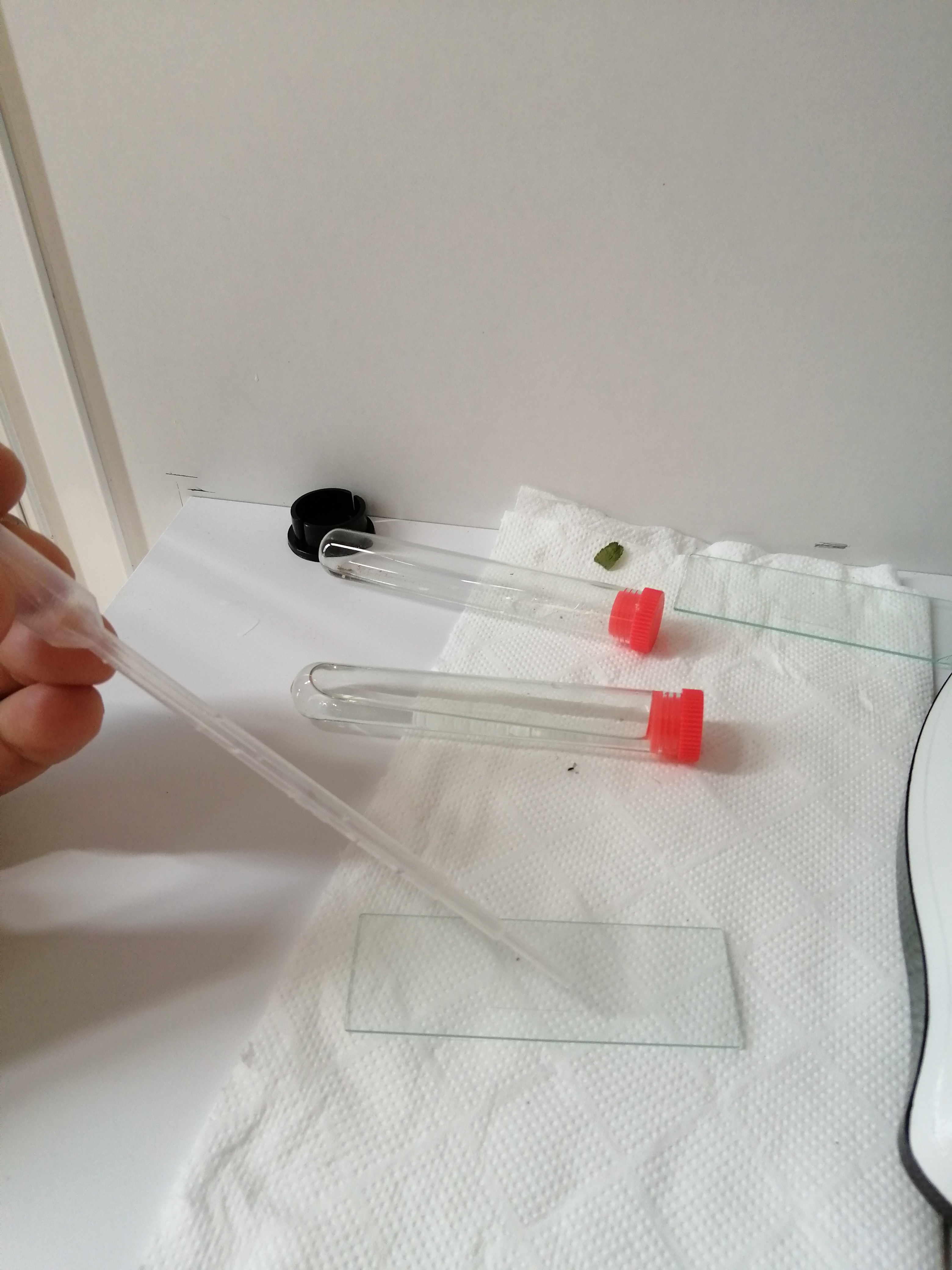
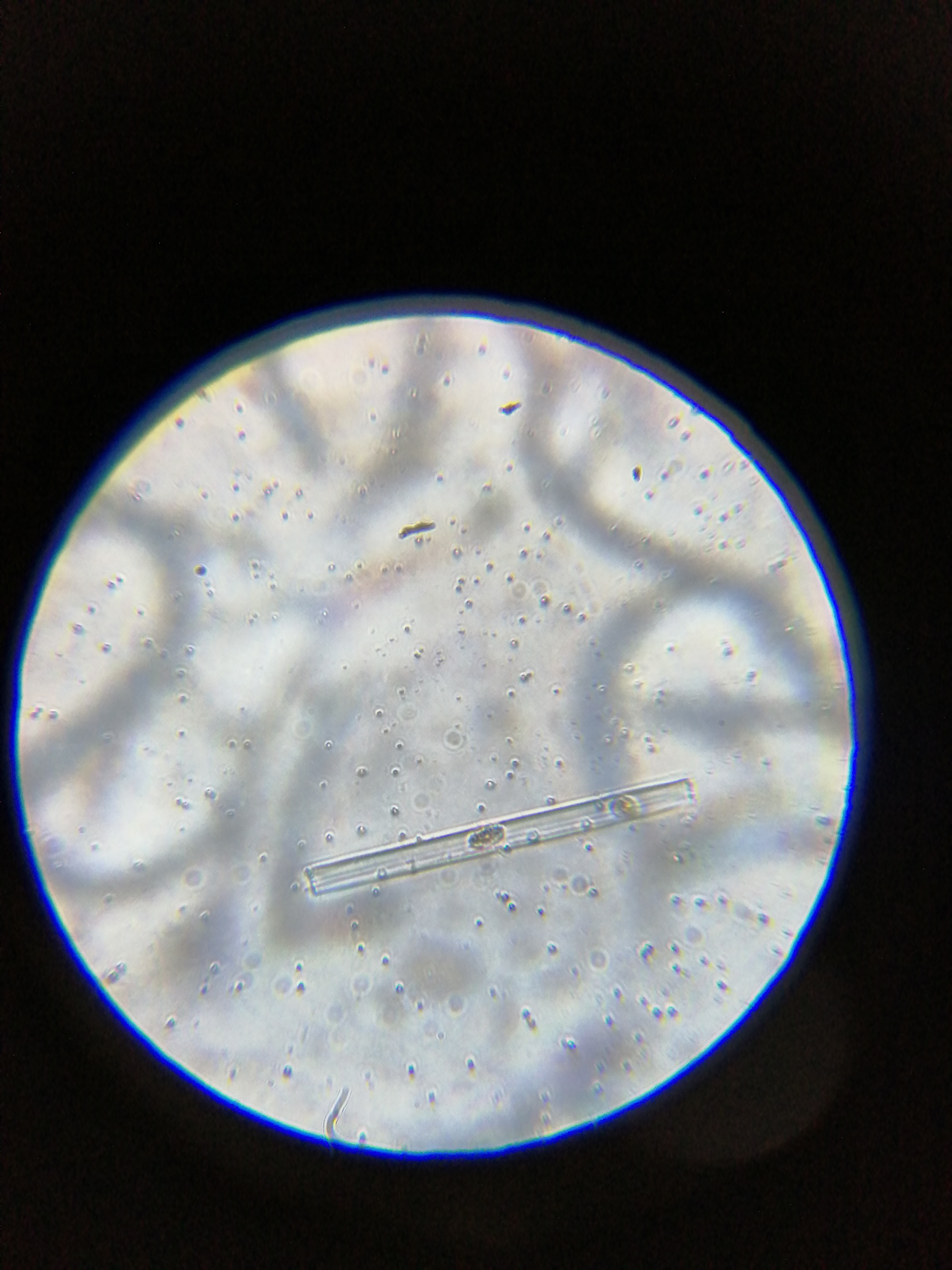
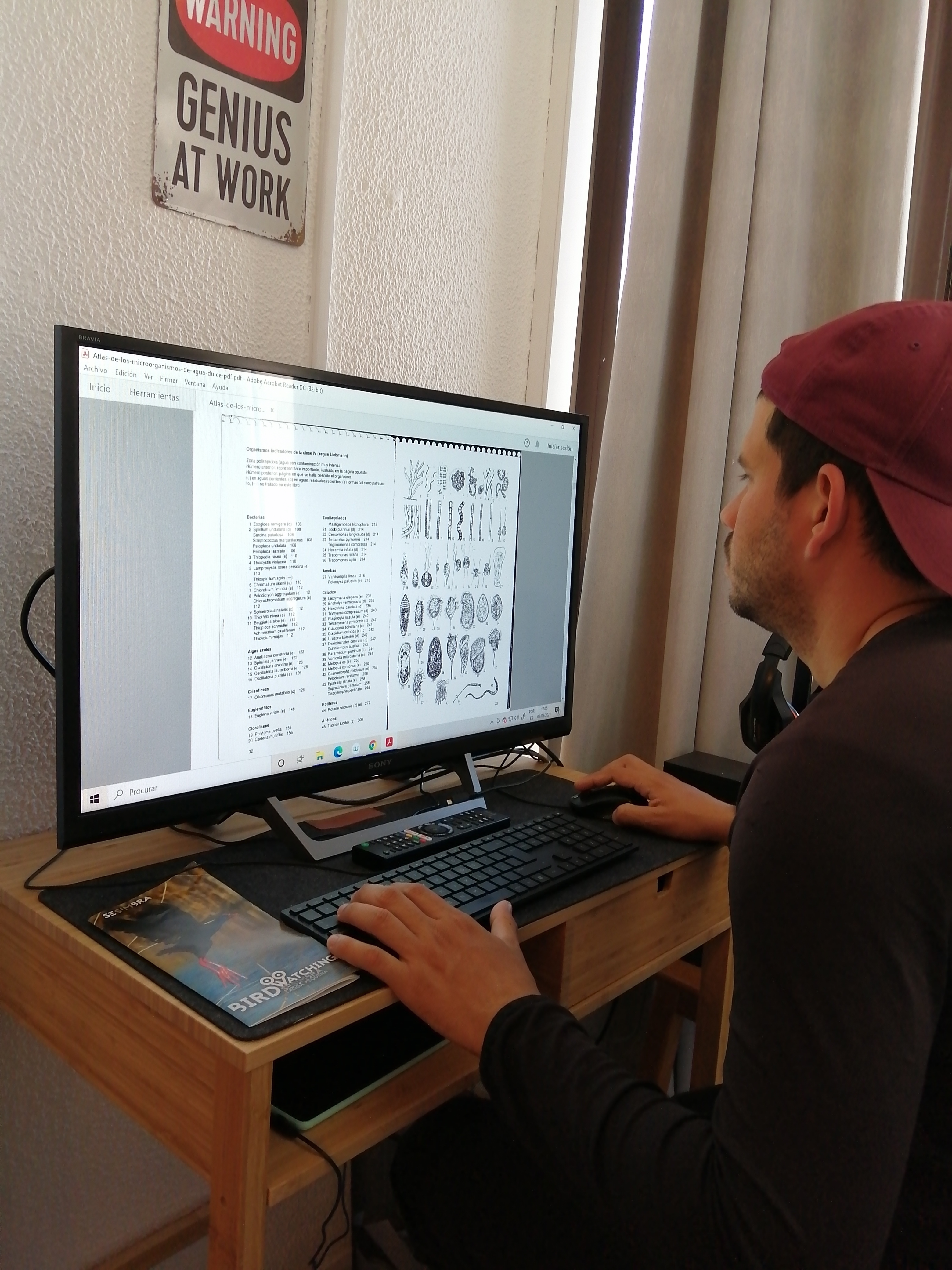
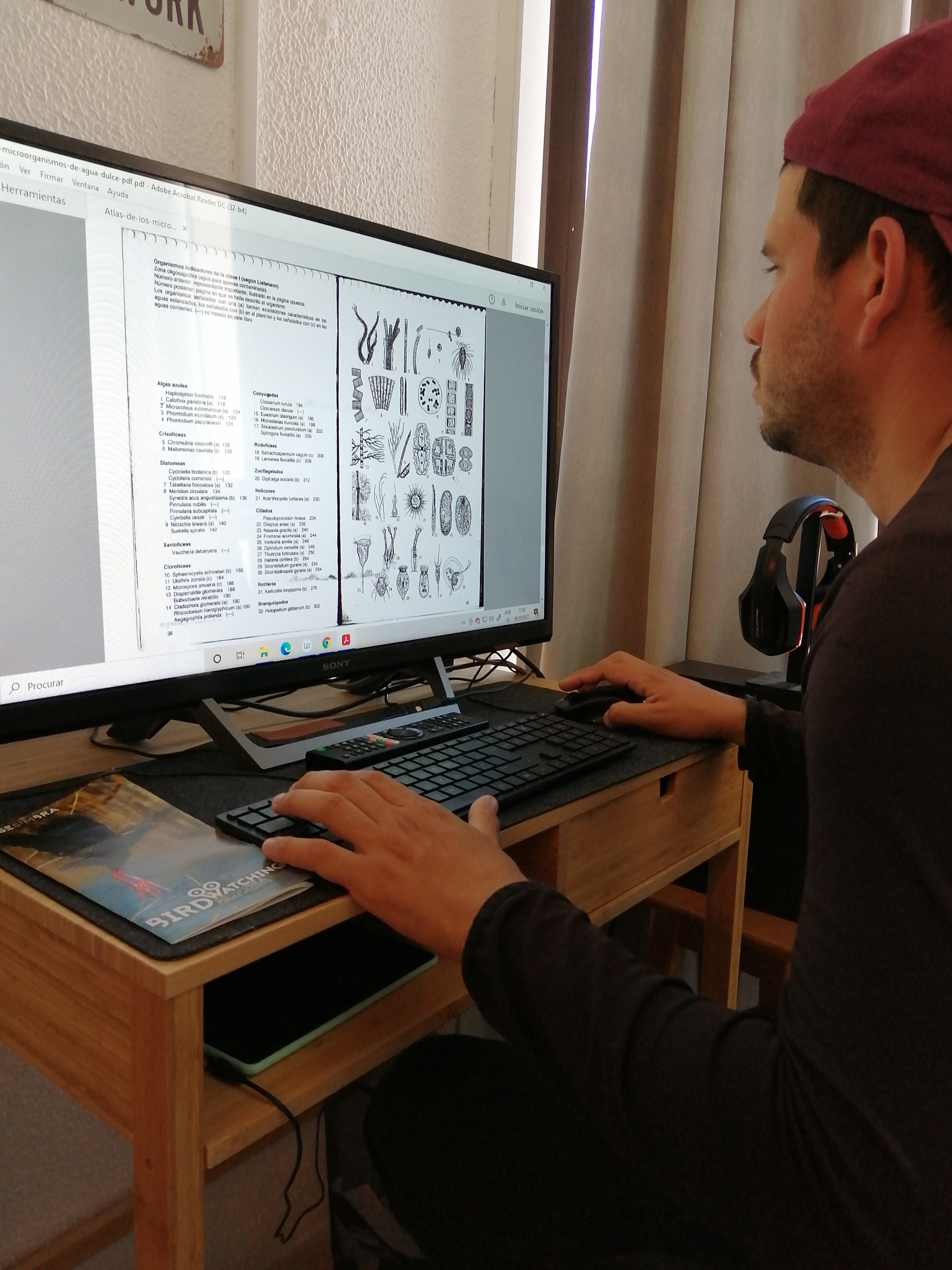
Almost two kilos of your own weight are bacteria. In your body you have 10 times more bacteria than your own cells, more than 10,000 different bacterial species. The most abundant bacteria of all in our body is Streptococcus. You have the greatest diversity of bacteria in the intestine and in the mouth. There is increasing evidence of the relationship between your bacteria and your state of health😏😏
Casi dos kilos de tu propio peso son bacterias. En tu cuerpo tienes 10 veces más bacterias que células propias, más de 10.000 especies bacterianas distintas. La bacteria más abundante de todas en nuestro cuerpo es Streptococcus. La mayor diversidad de bacterias la tienes en el intestino y en la boca. Existe cada vez más evidencia de la relación entre tus bacterias y tu estado de salud😌😌
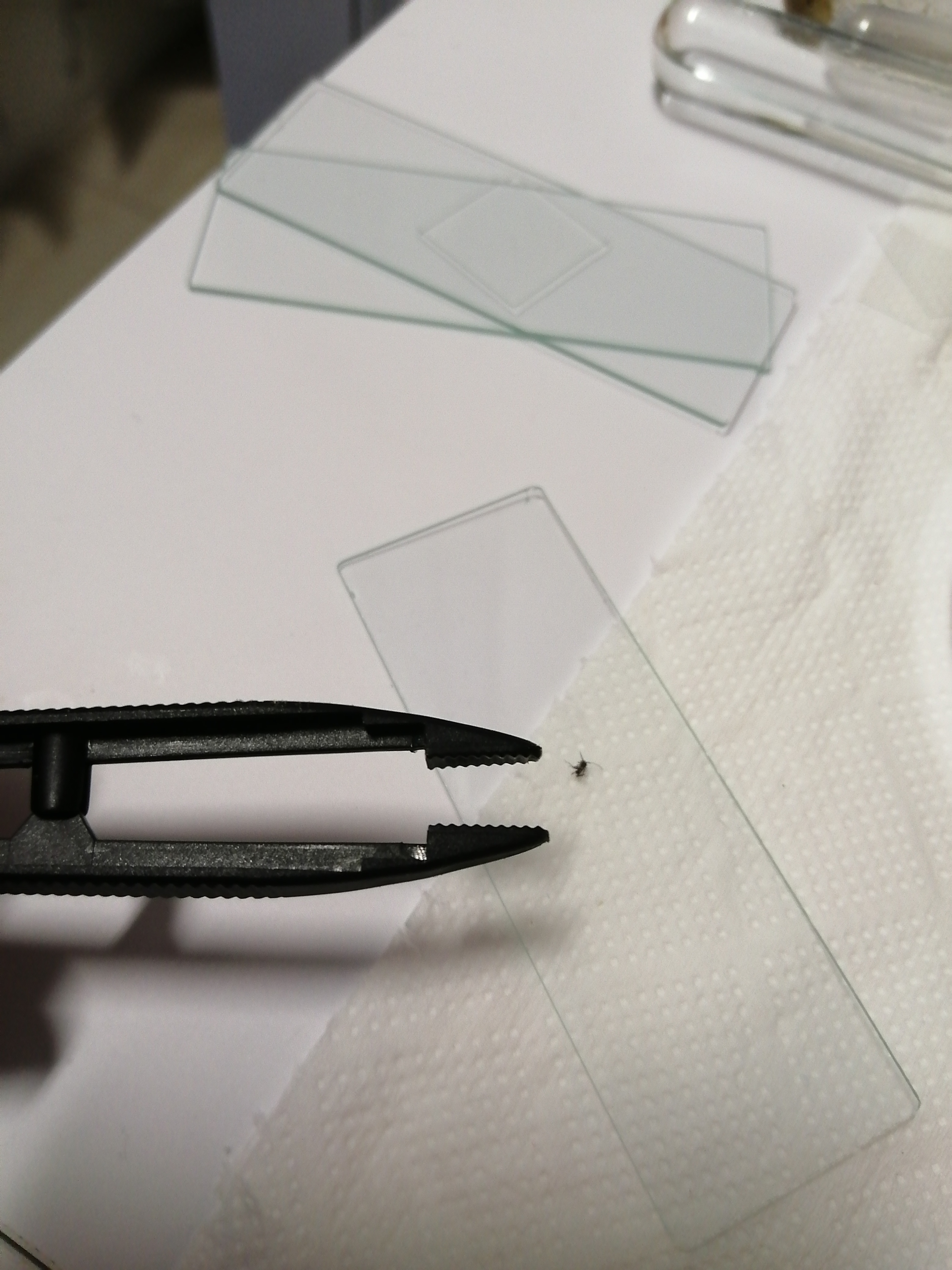


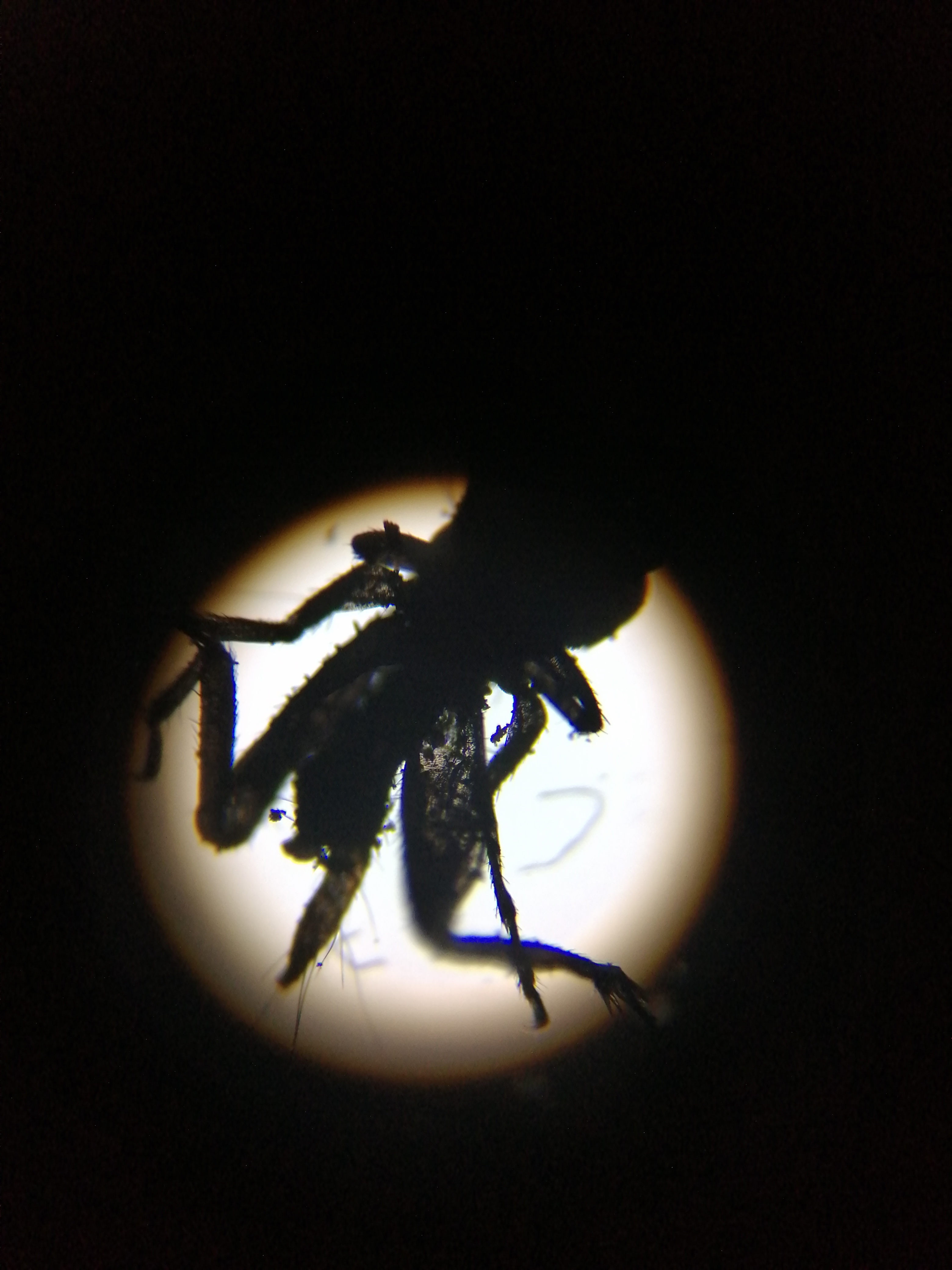
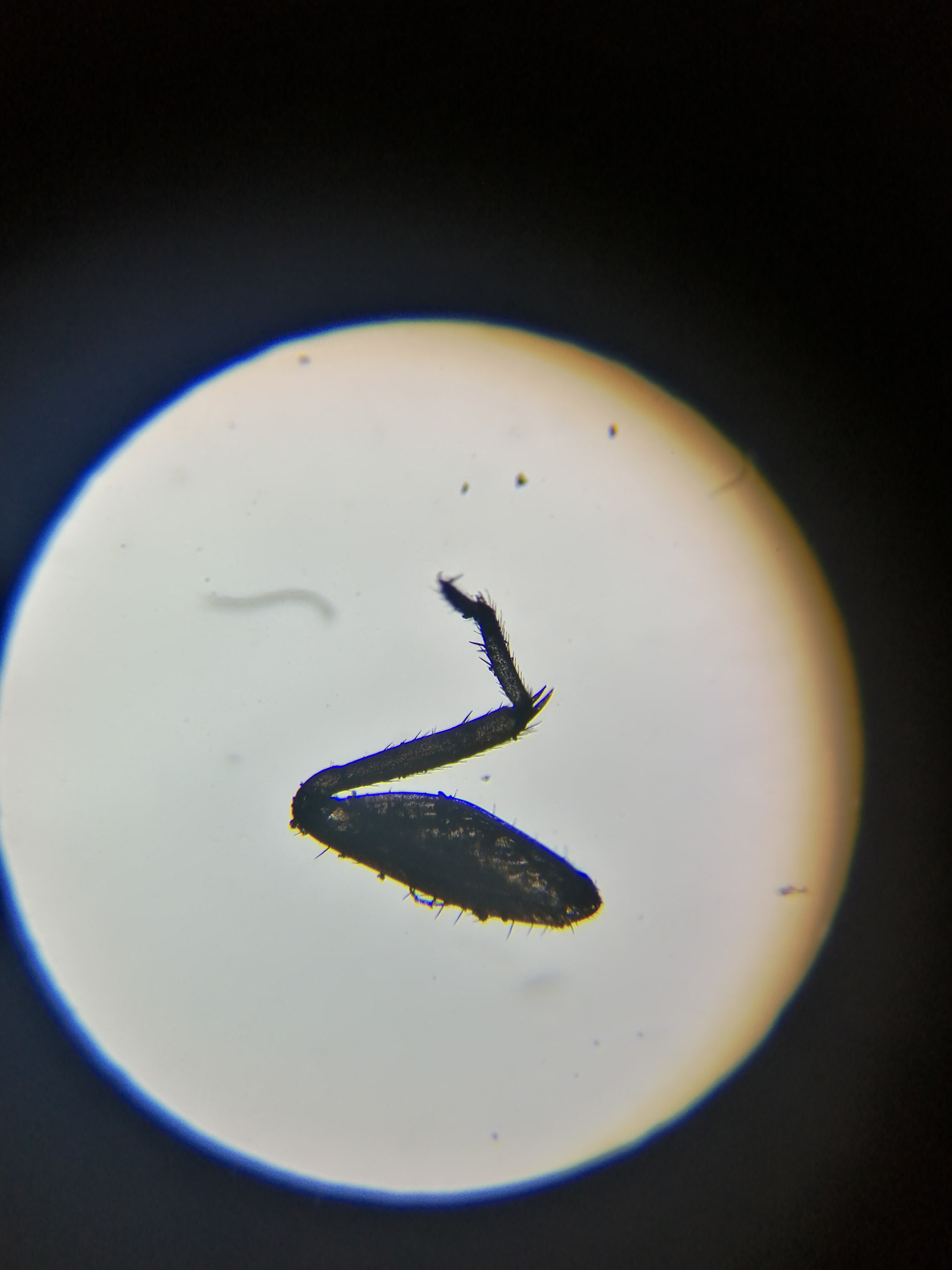
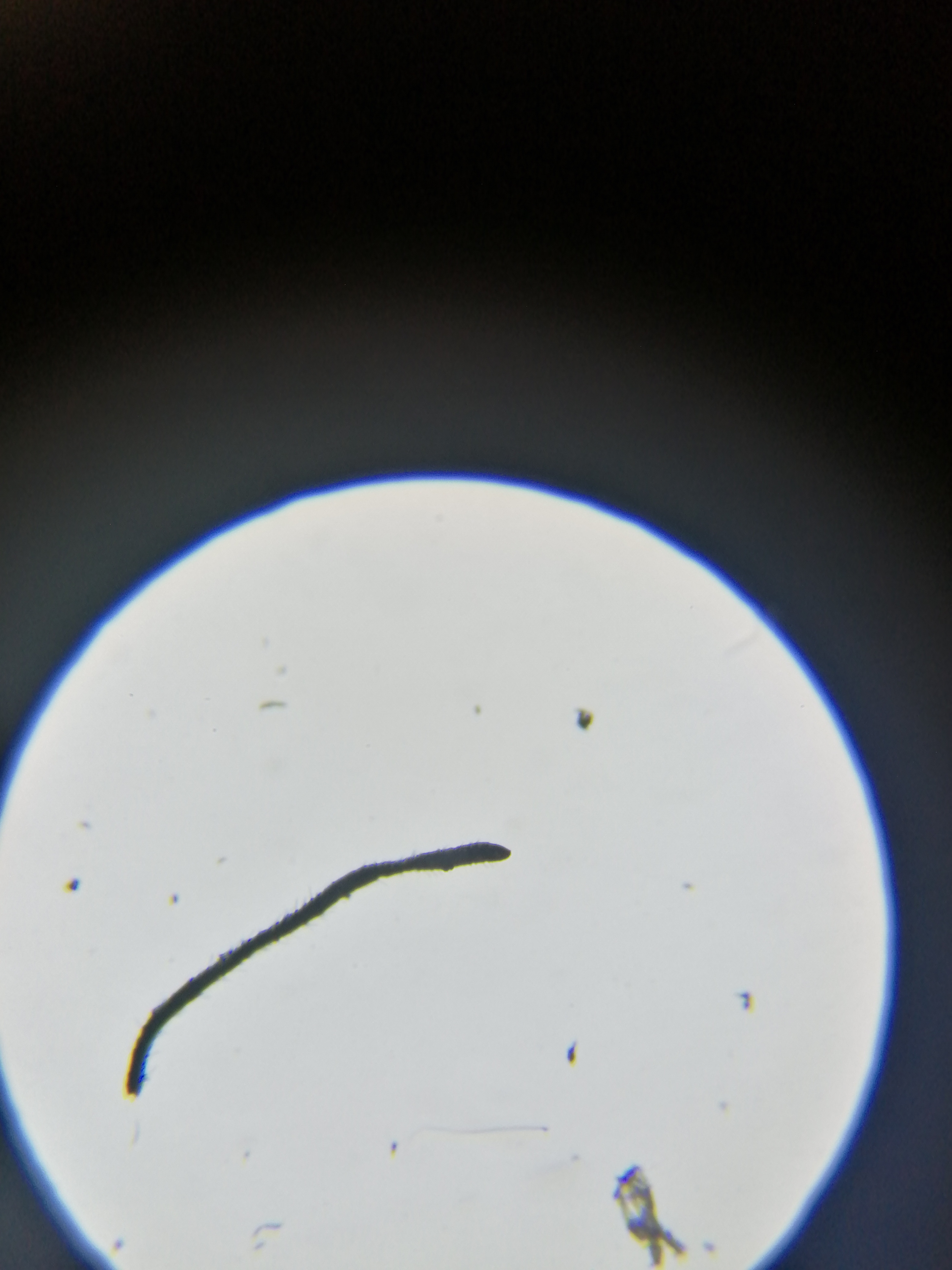
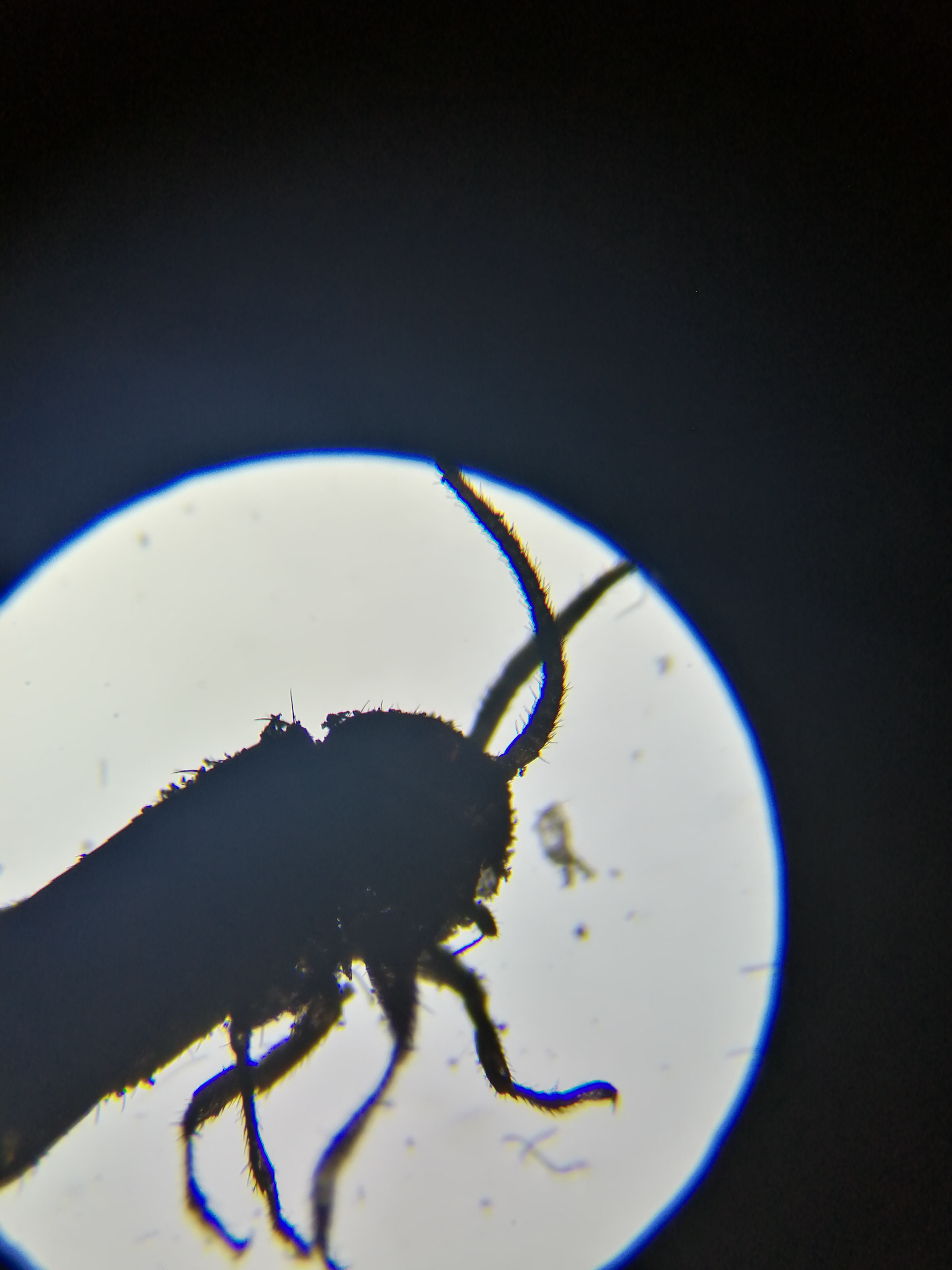

https://microbioun.blogspot.com/2013/08/por-que-los-microbios-son-importantes-o.html
http://www.ugr.es/~pomif/pom-bac/pb-iii/pb-iii-3-movilidad_porta_cubre.htm
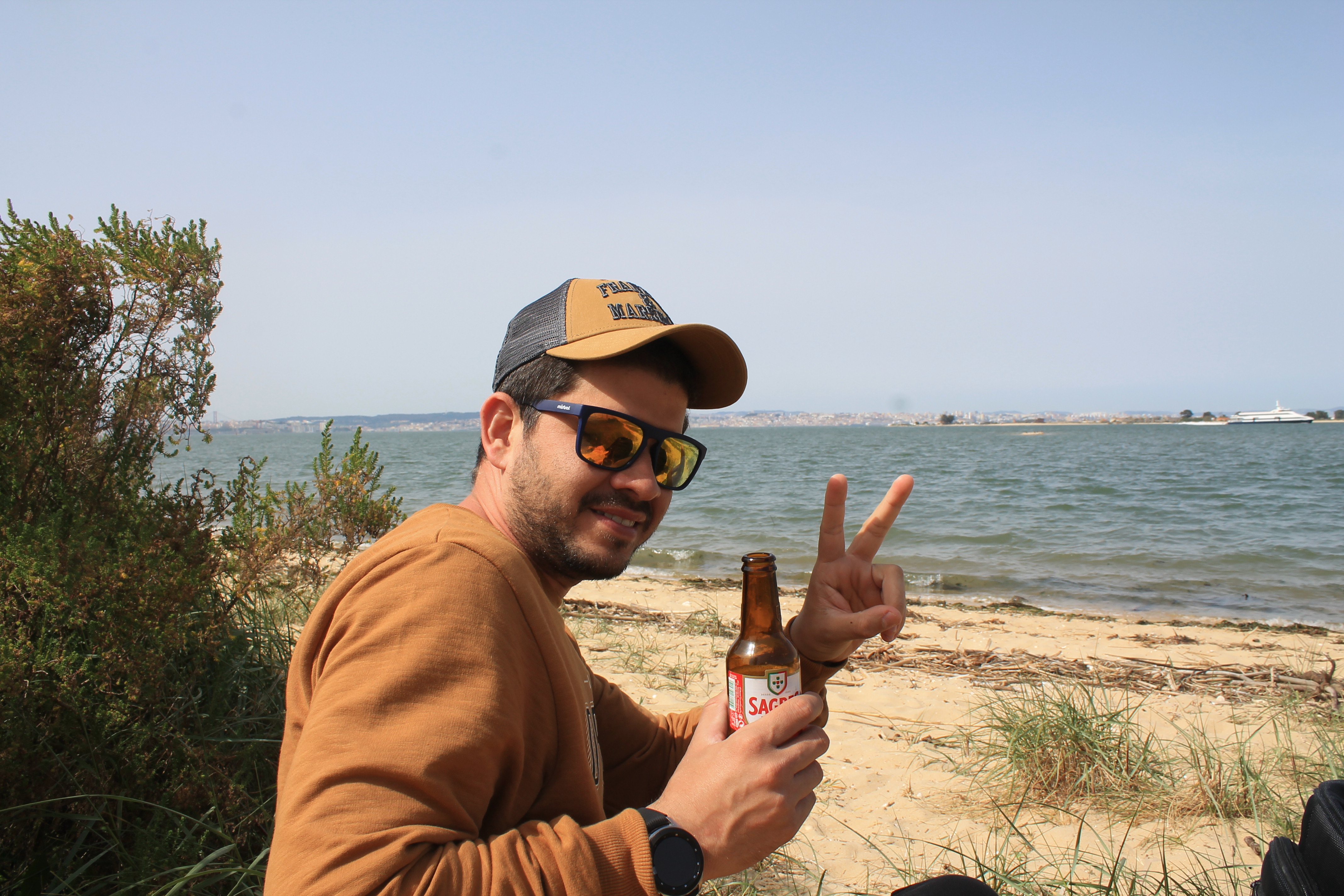
I work on the clinical side of microbiology, so the diversity of microorganisms I see is vastly different from what you'd see in the environment.
Yes I believe you! If I sample a stagnant water I would basically see a limited amount, in the clinics I suppose more interesting things are seen, I have not yet seen an amoeba, or some pathogen!
I have not seen an amoeba in an actual patient yet (thankfully). I have seen malarial parasites in blood. Other than that, maybe trichomonas in wet preps.
The scope is mostly used for gram stains anyways. Then, it's followed by acid fast bacillus and fungi. But, all identifications are done off of the cultures.
I see that you speak with experience in the field! Bioanalyst? Haha xD I will be limited because I do not have access to chemical material, imagine something as basic as Lugol, to dye starch is not available in Portugal xD, shit! I never saw malaria under the microscope! 😱, I saw many parasites, I remember the last one was Toxocara canis in the heart of a dog!
Yeah, we may have PCR to detect stuff now, but most of the diagnosis are still performed by stain when it comes to malaria.
Parasites are uncommon in the States. I hardly see patients with them.
The downside to seeing something awesome under the scope is that the patient is probably not having a good time.
These pictures are amazing, i always wonder - how come you guys can differentiate all these small microorganisms while they all look same to me.
This is a real skill and very hard to remember as well (i guess)
!LUV 2
La microbiologia es realmente importante gracias a ella se pueden obtener datos muy específicos por ejemplo en su uso a nivel de la salud. Un post muy detallado e interesante.
View or trade
BEER.Hey @oscurity, here is a little bit of
BEERfrom @pixresteemer for you. Enjoy it!Learn how to earn FREE BEER each day by staking your
BEER.Yay! 🤗
Your content has been boosted with Ecency Points, by @oscurity.
Use Ecency daily to boost your growth on platform!
Support Ecency
Vote for Proposal
Delegate HP and earn more
Congratulations @oscurity! You have completed the following achievement on the Hive blockchain and have been rewarded with new badge(s) :
Your next target is to reach 22000 upvotes.
You can view your badges on your board and compare yourself to others in the Ranking
If you no longer want to receive notifications, reply to this comment with the word
STOPSupport the HiveBuzz project. Vote for our proposal!
Thanks for your contribution to the STEMsocial community. Feel free to join us on discord to get to know the rest of us!
Please consider supporting our funding proposal, approving our witness (@stem.witness) or delegating to the @stemsocial account (for some ROI).
Please consider using the STEMsocial app app and including @stemsocial as a beneficiary to get a stronger support.
Sorry, you're out of LUV tokens to be sent today. Try tomorrow. (Having at least 10 LUV in your wallet allows you to freely give 3 per day.)